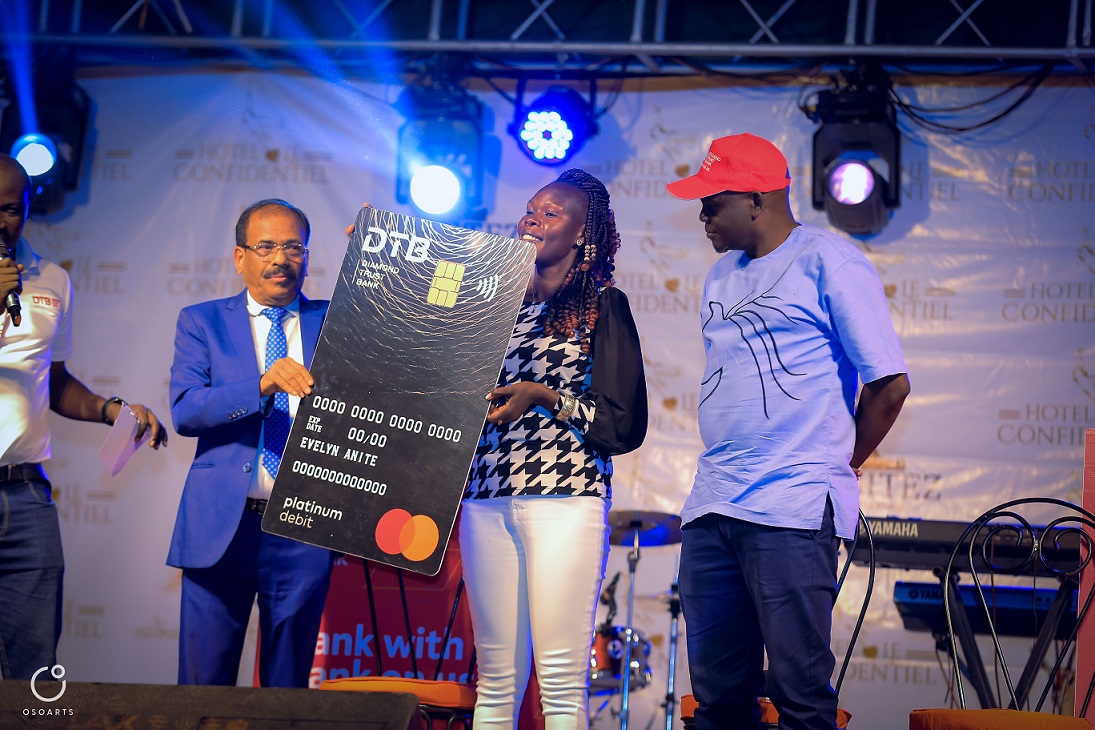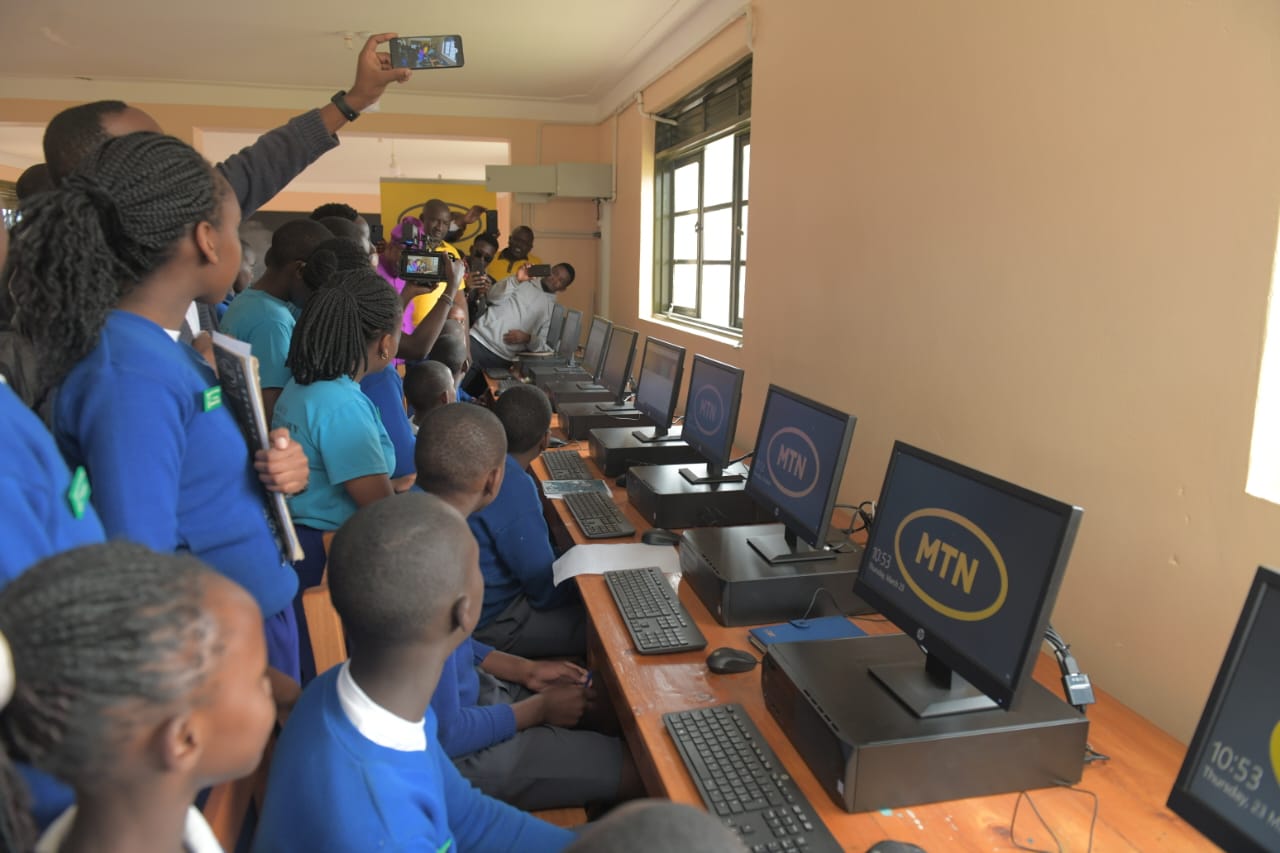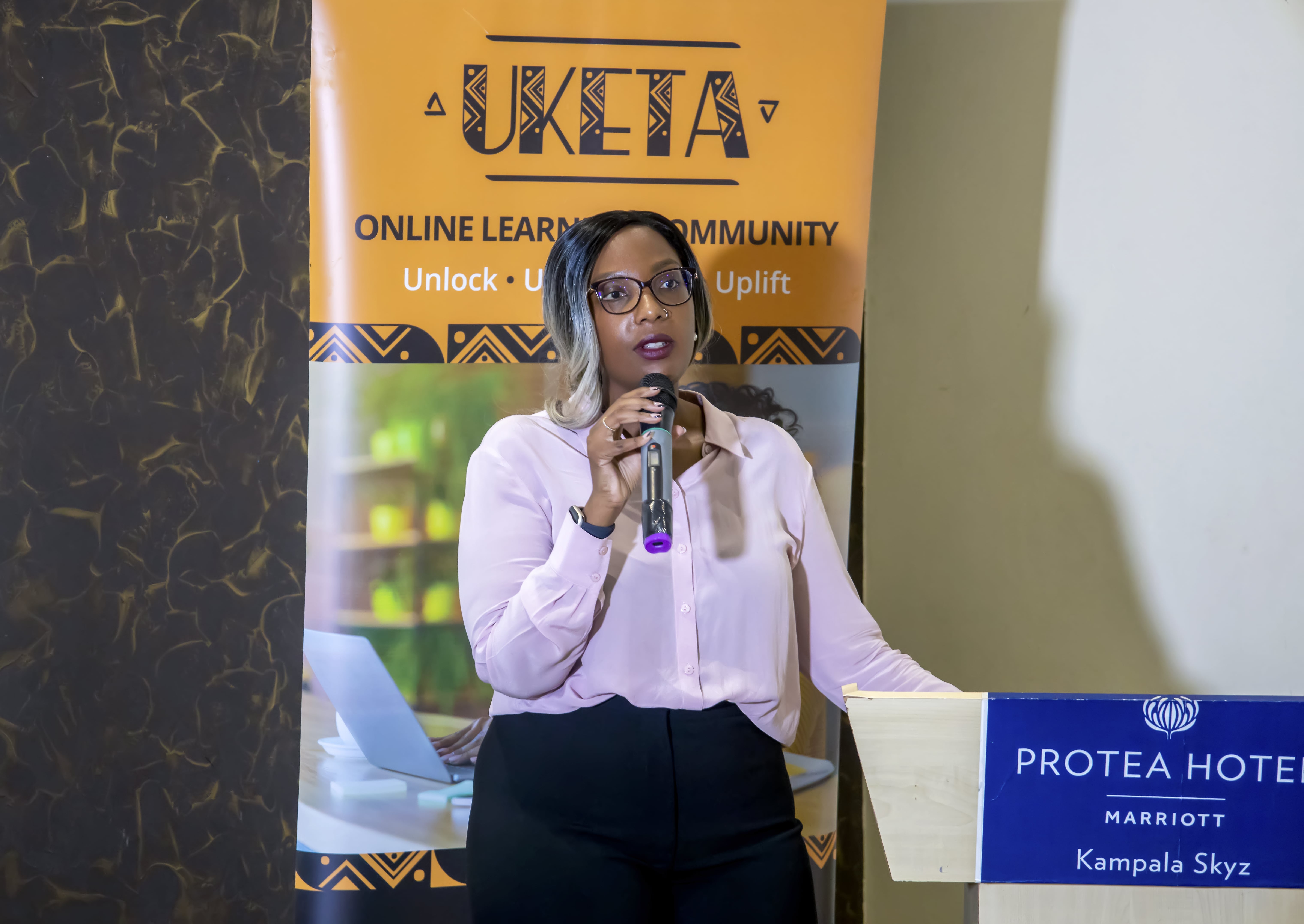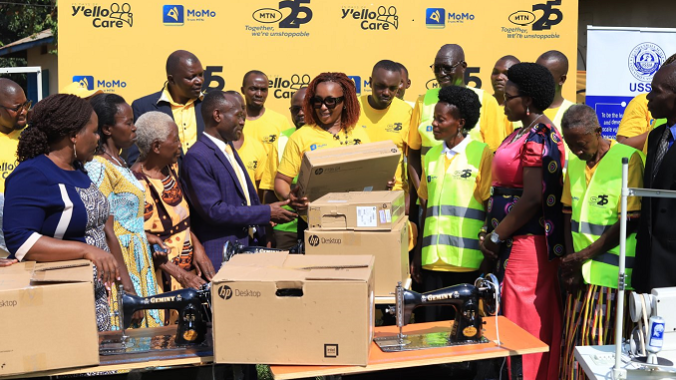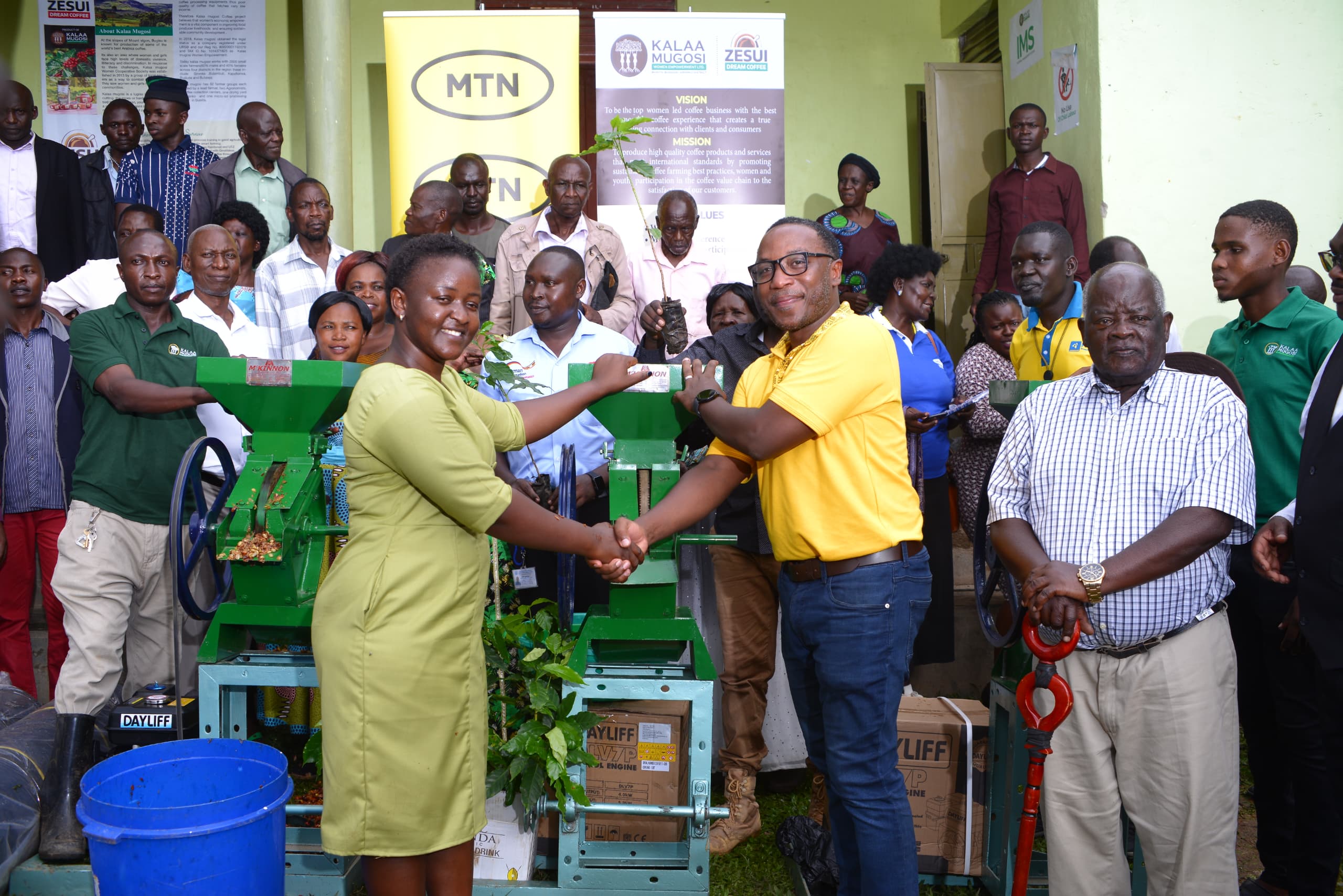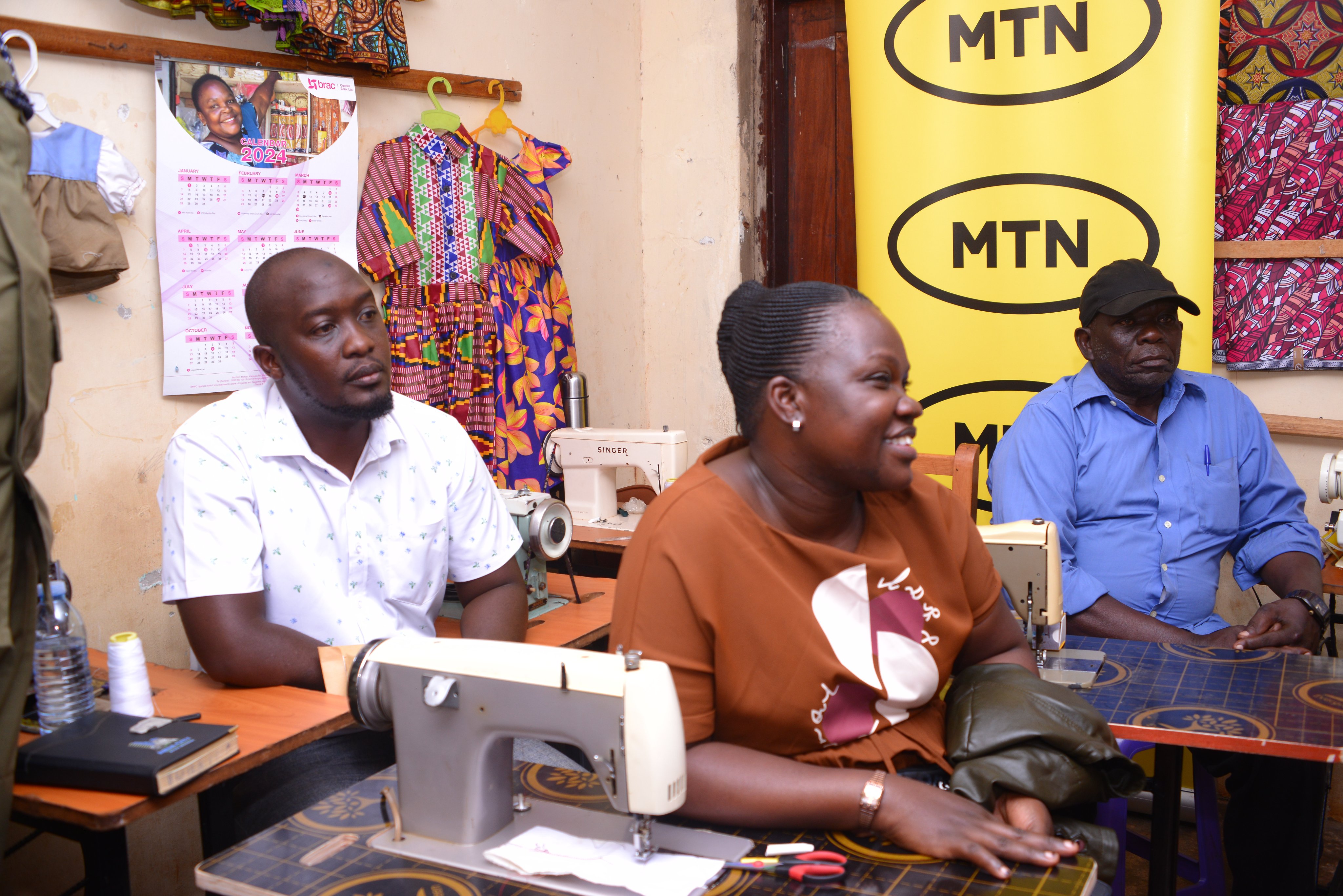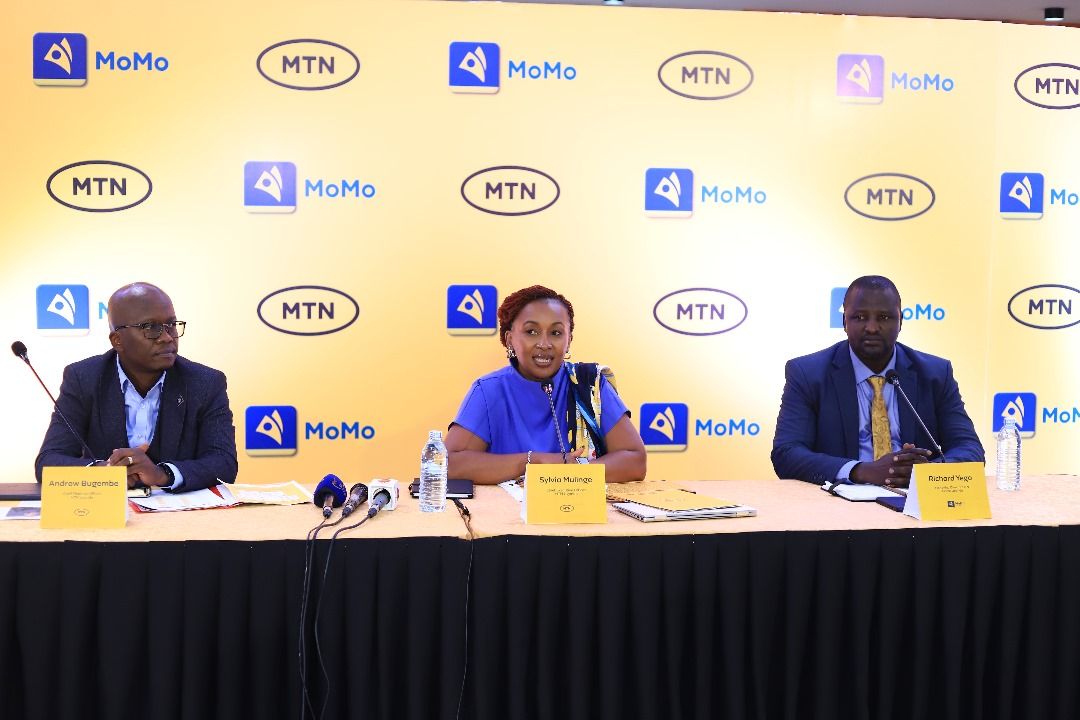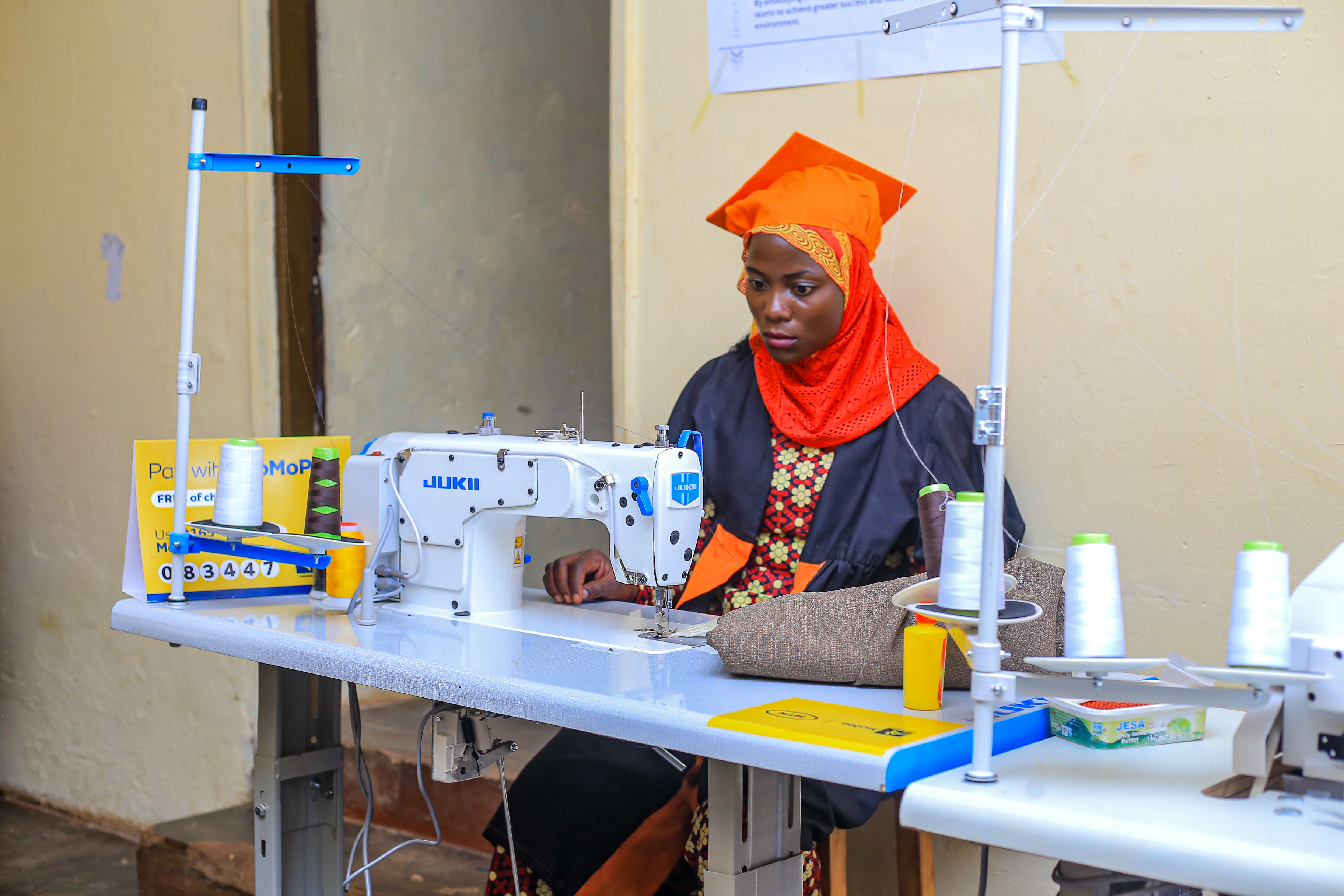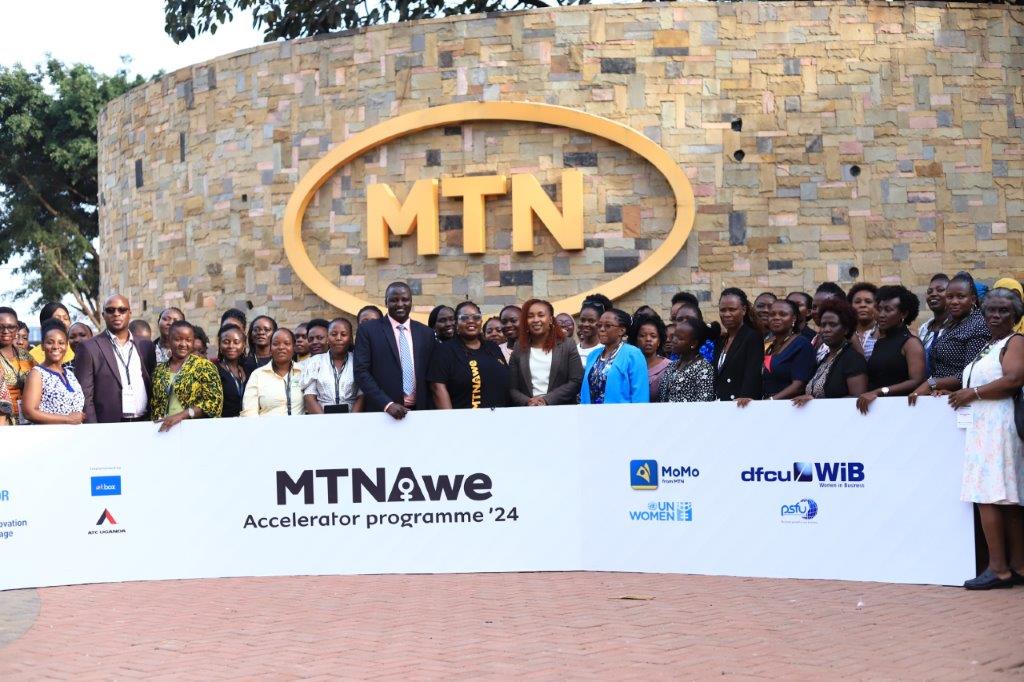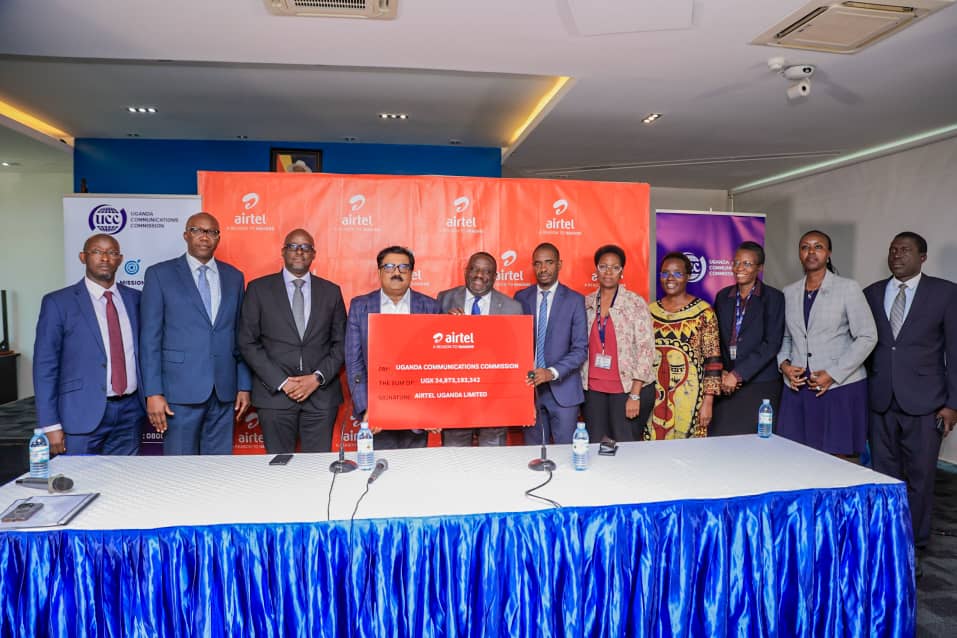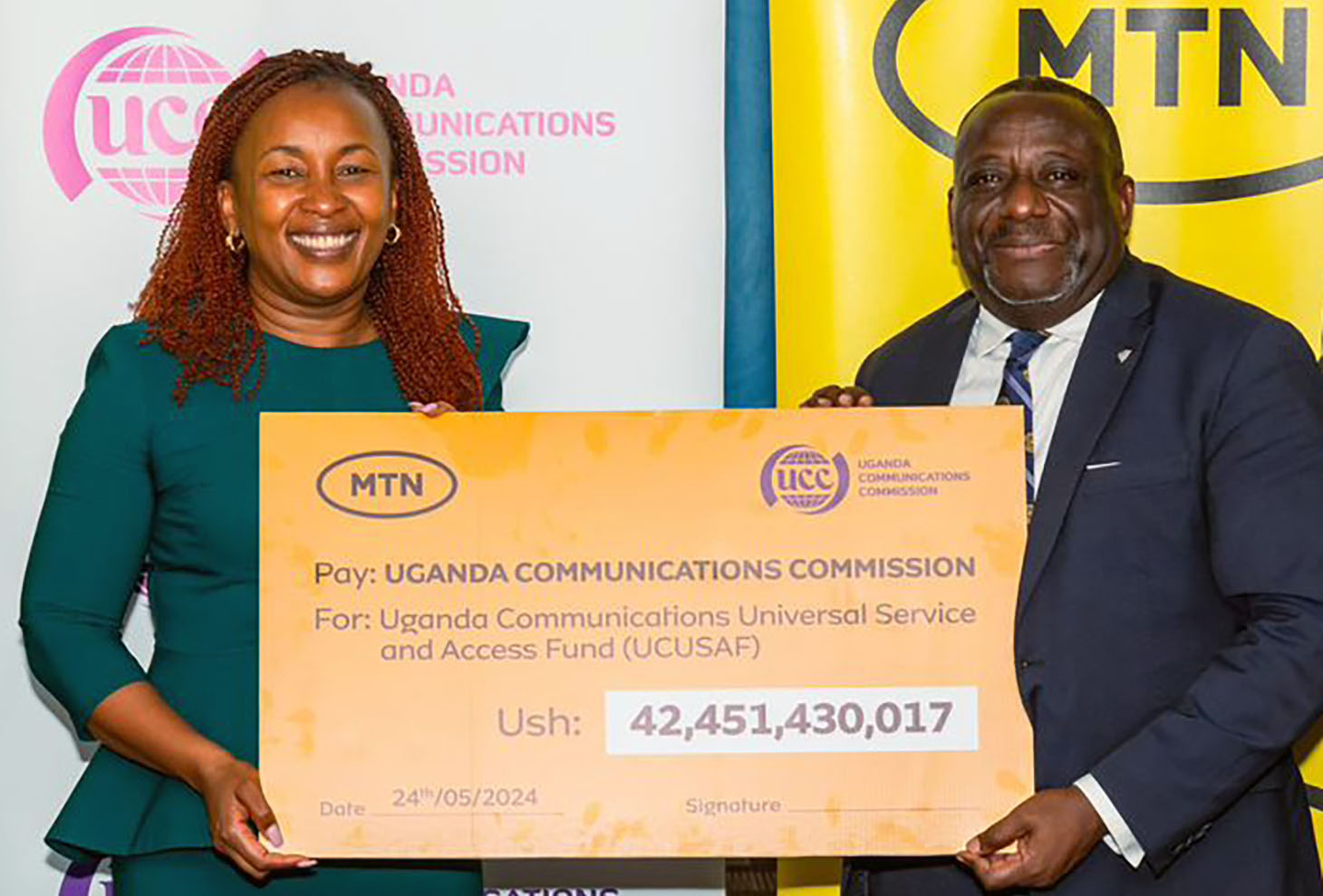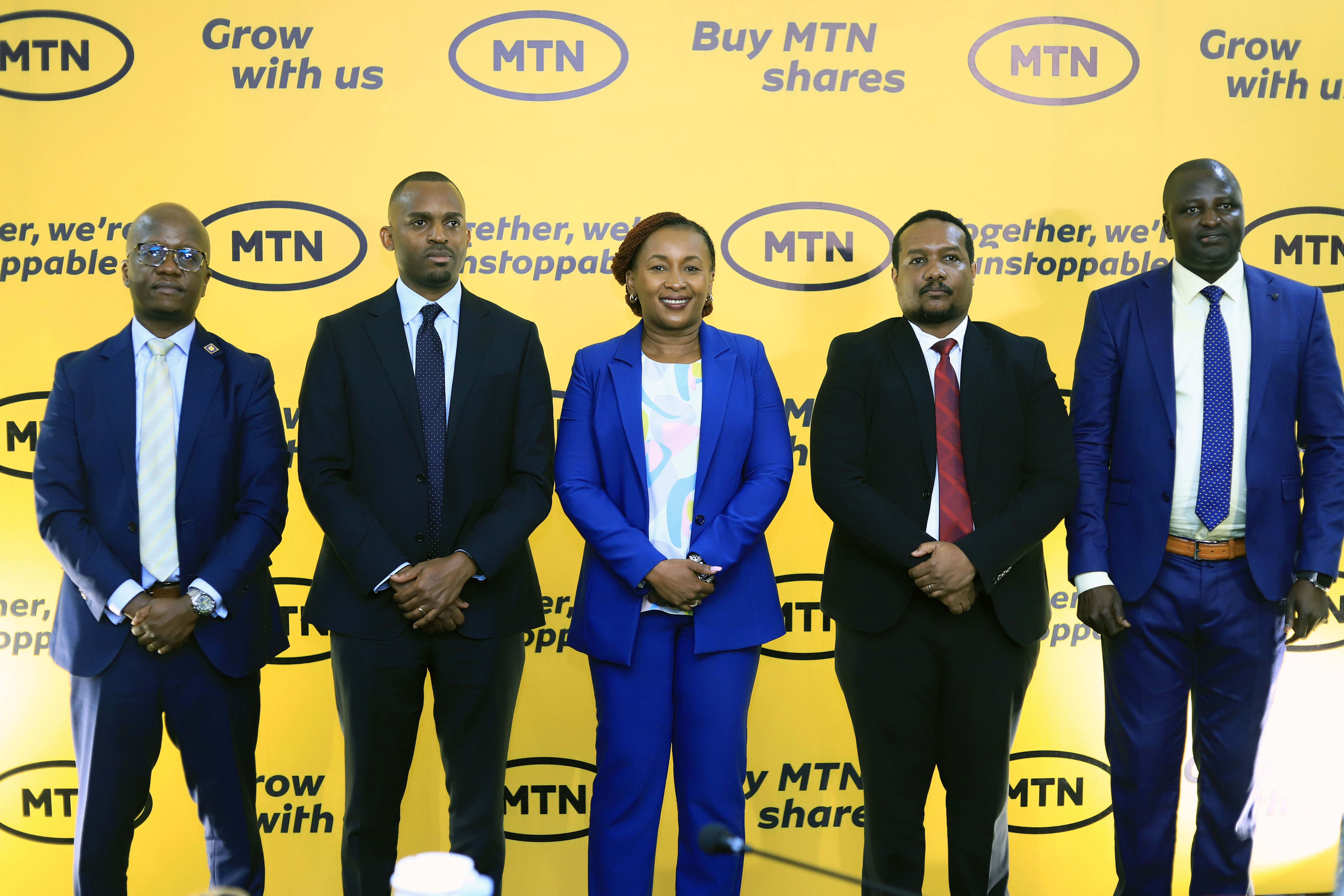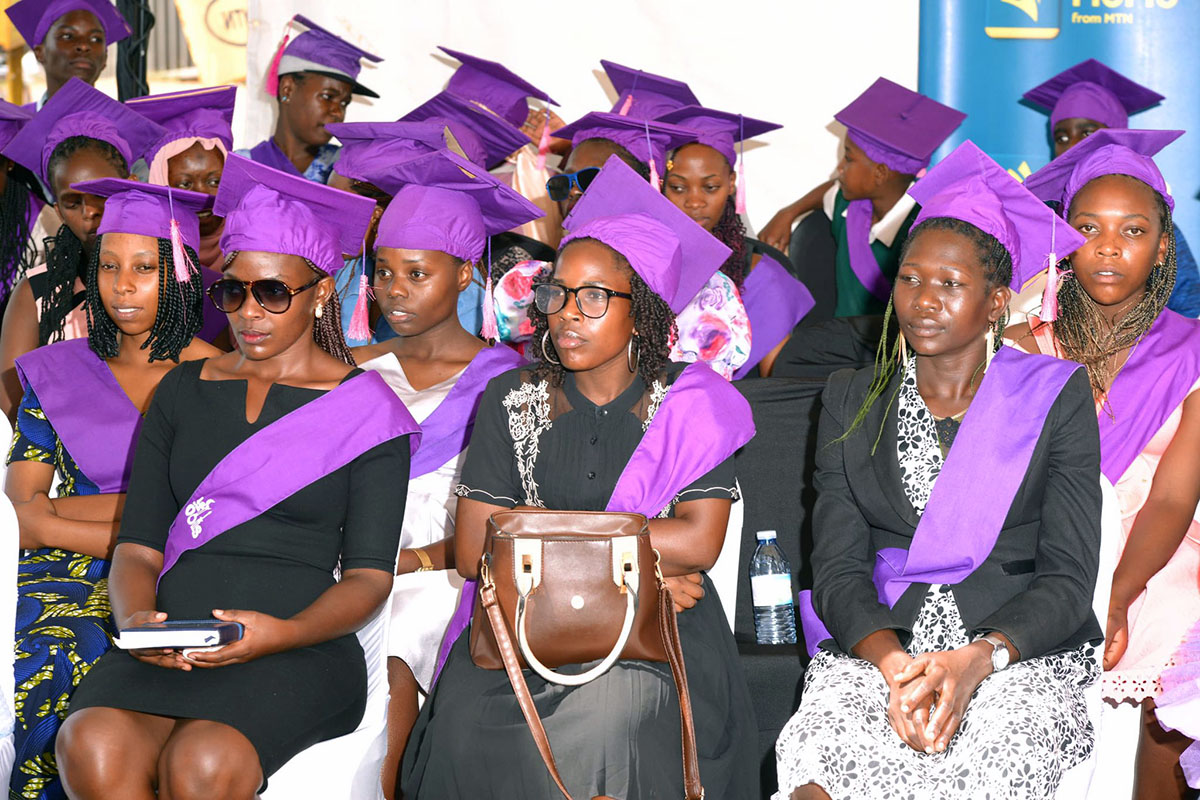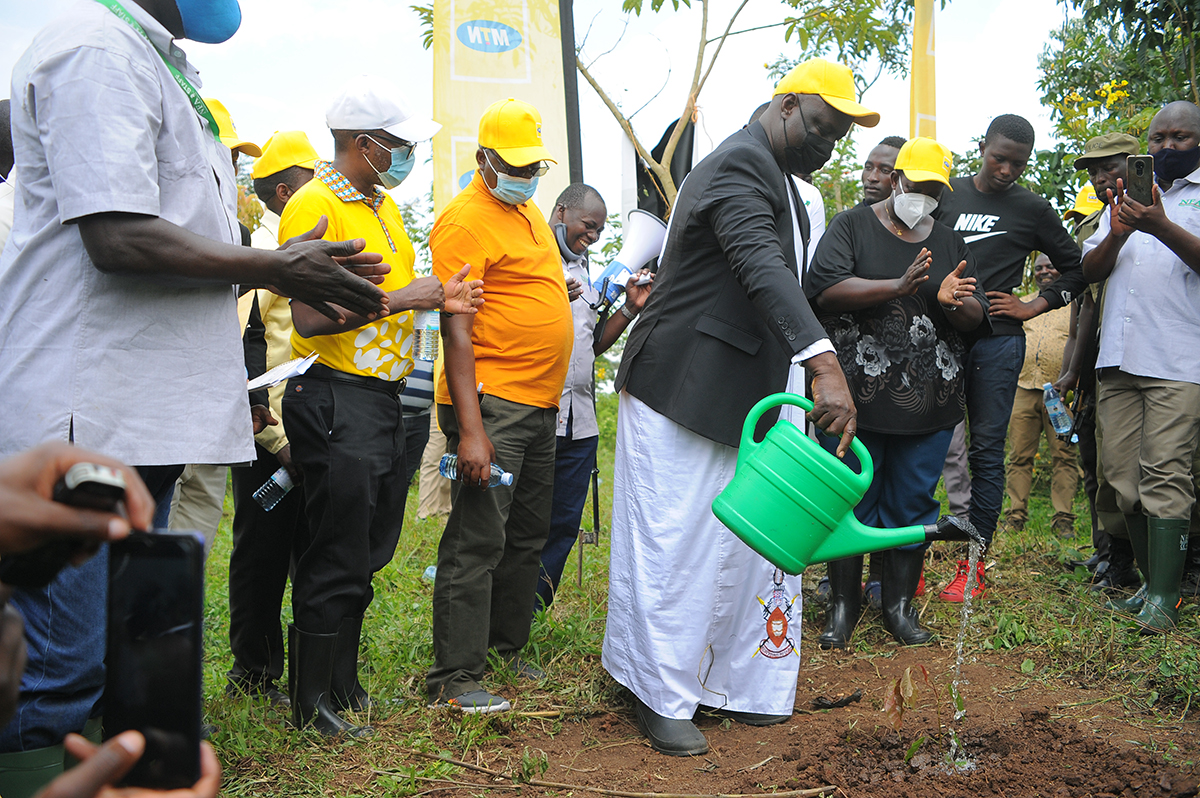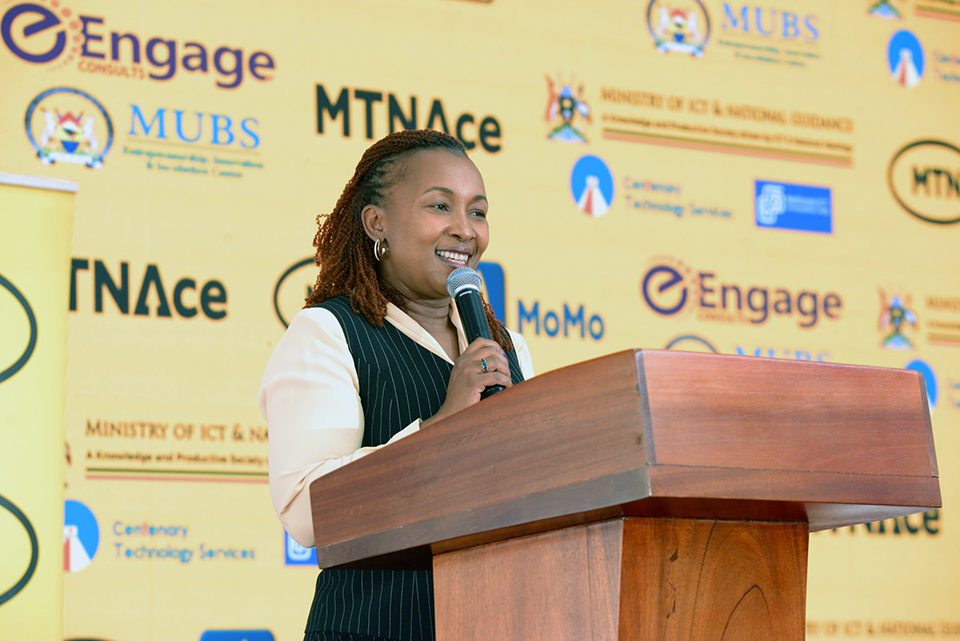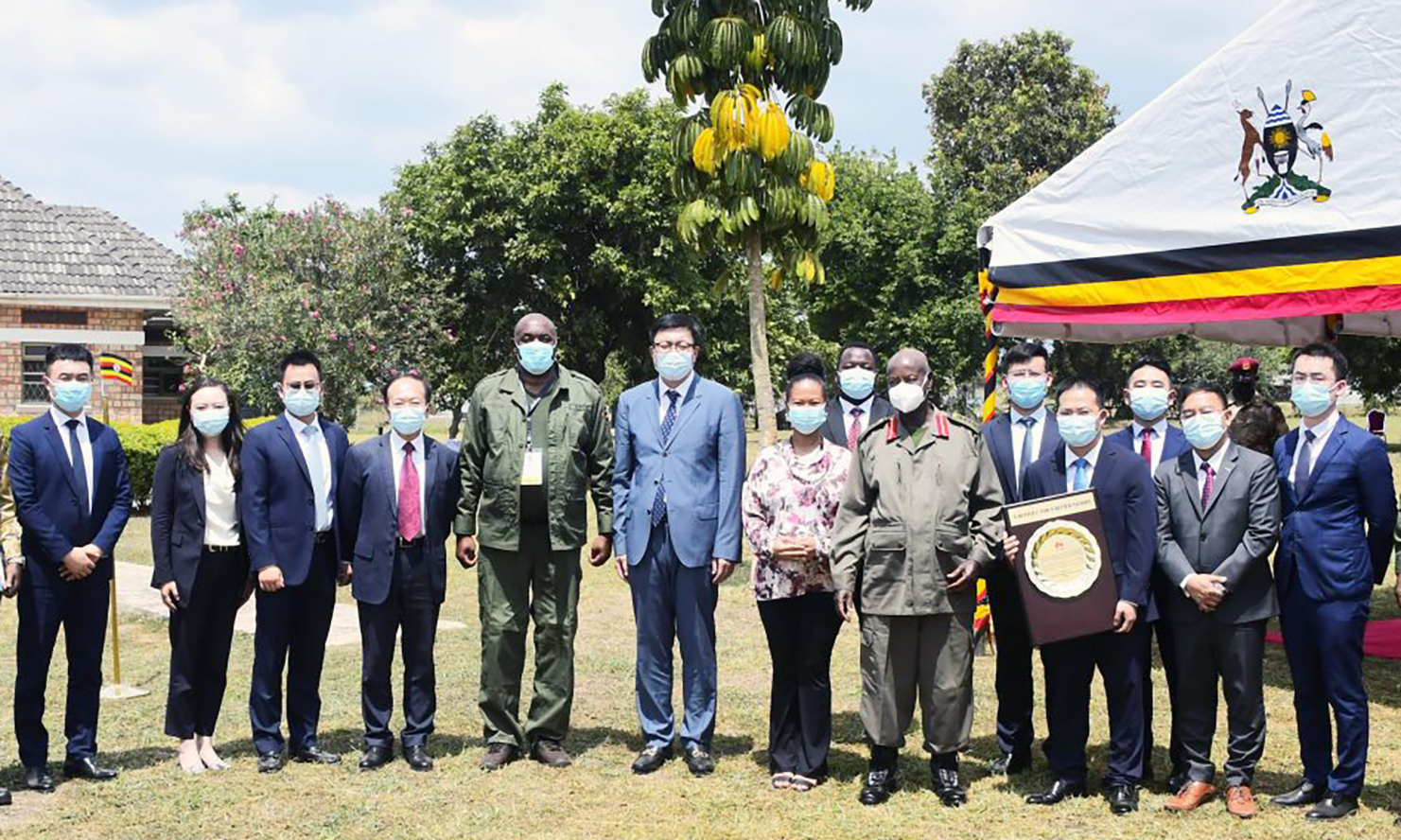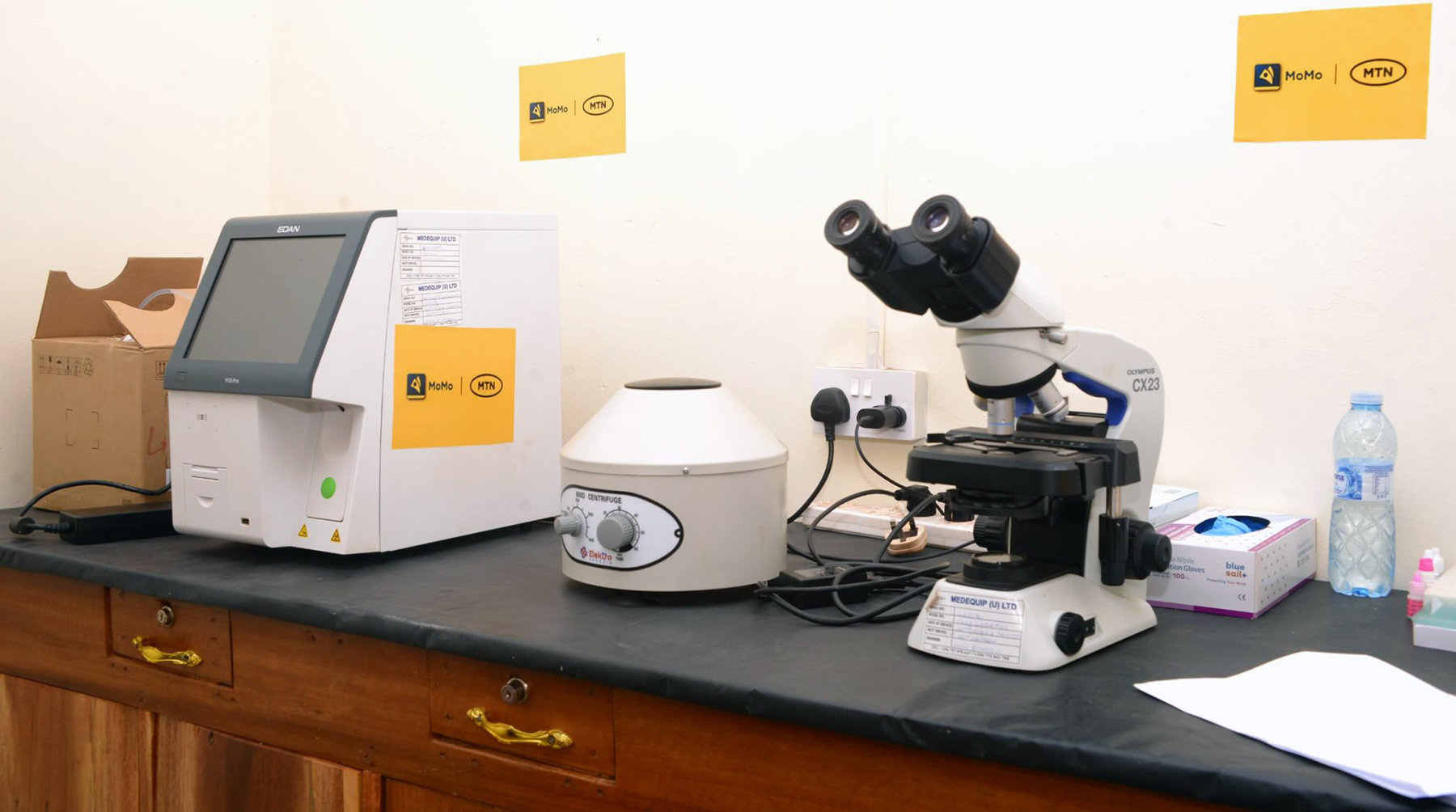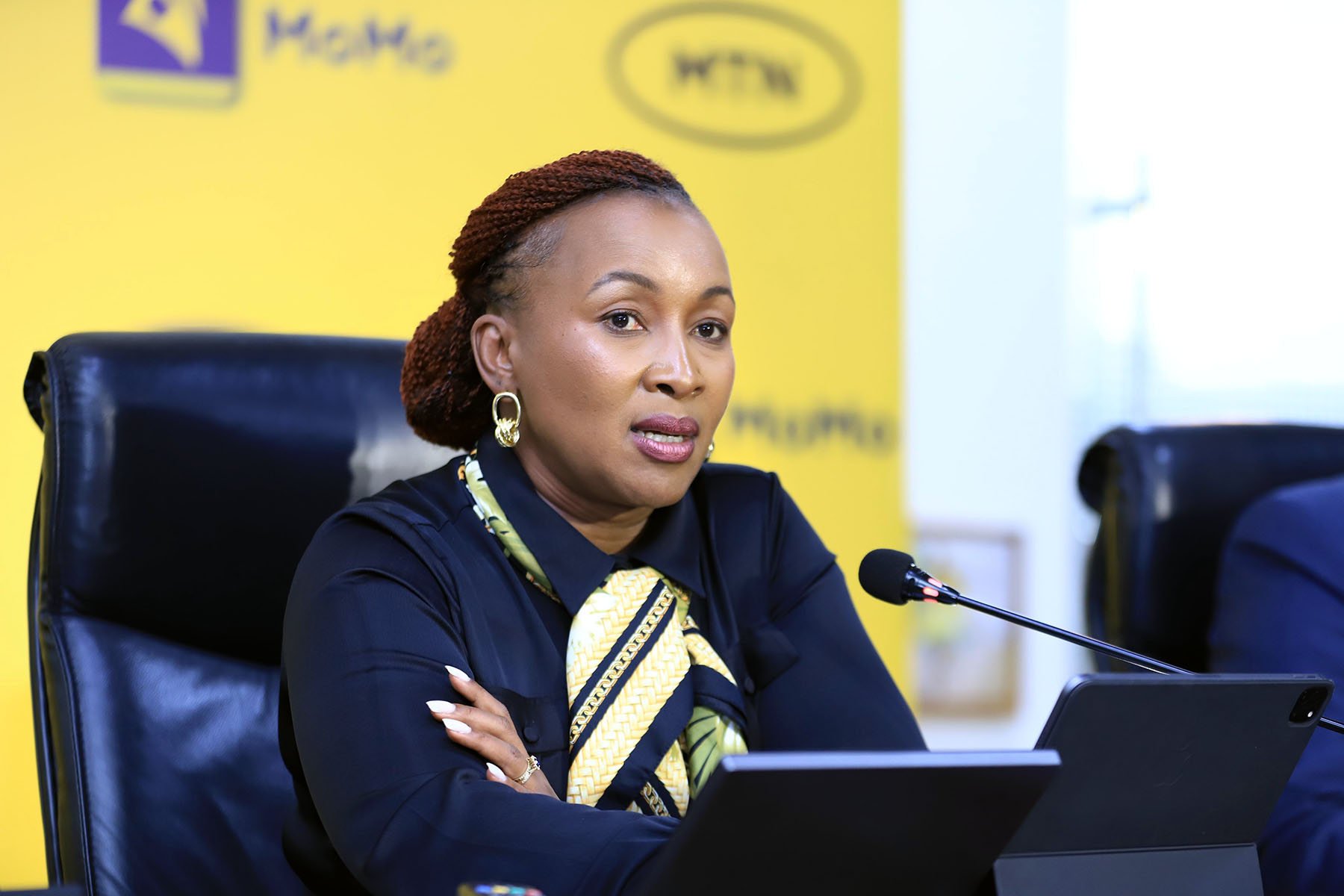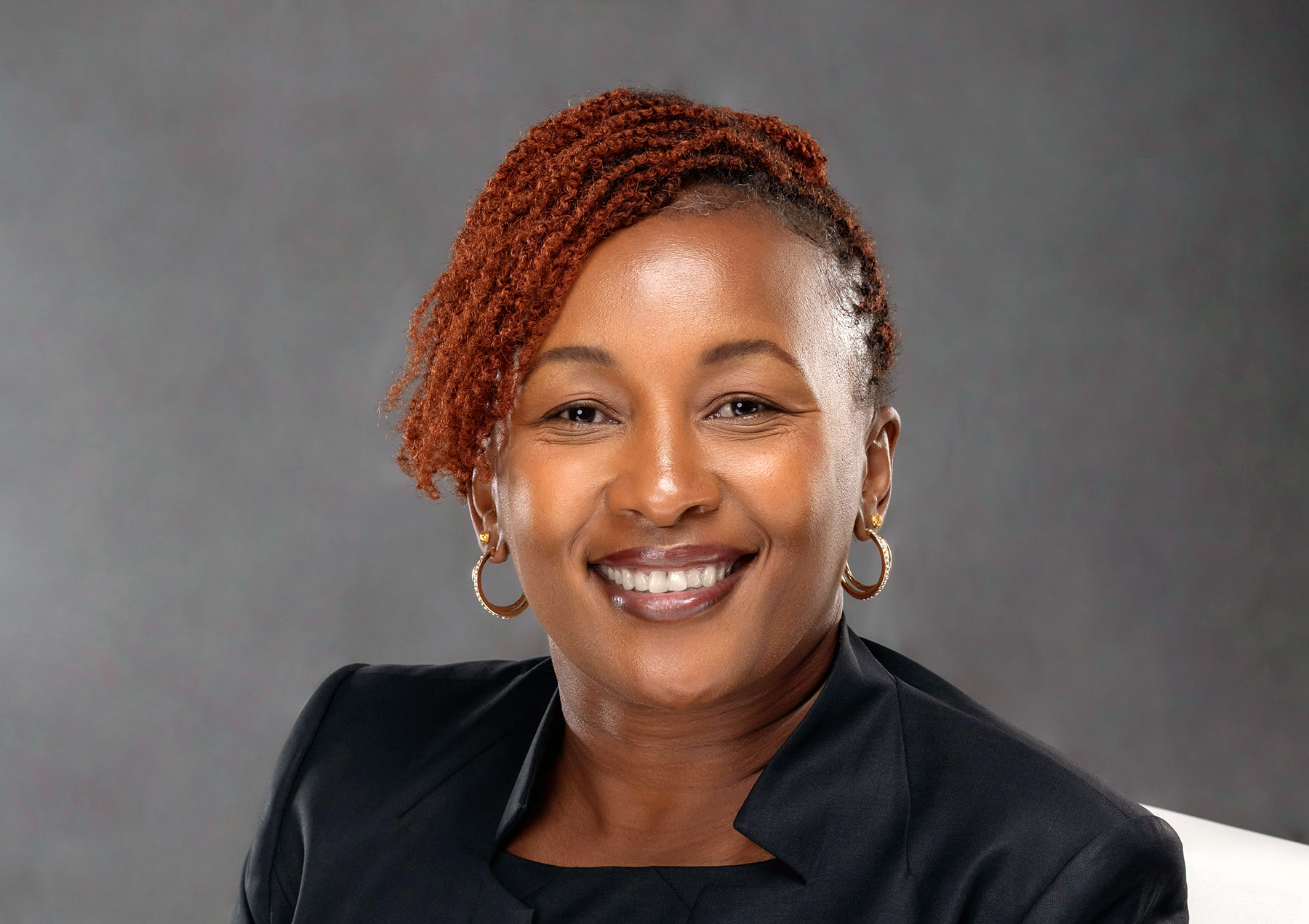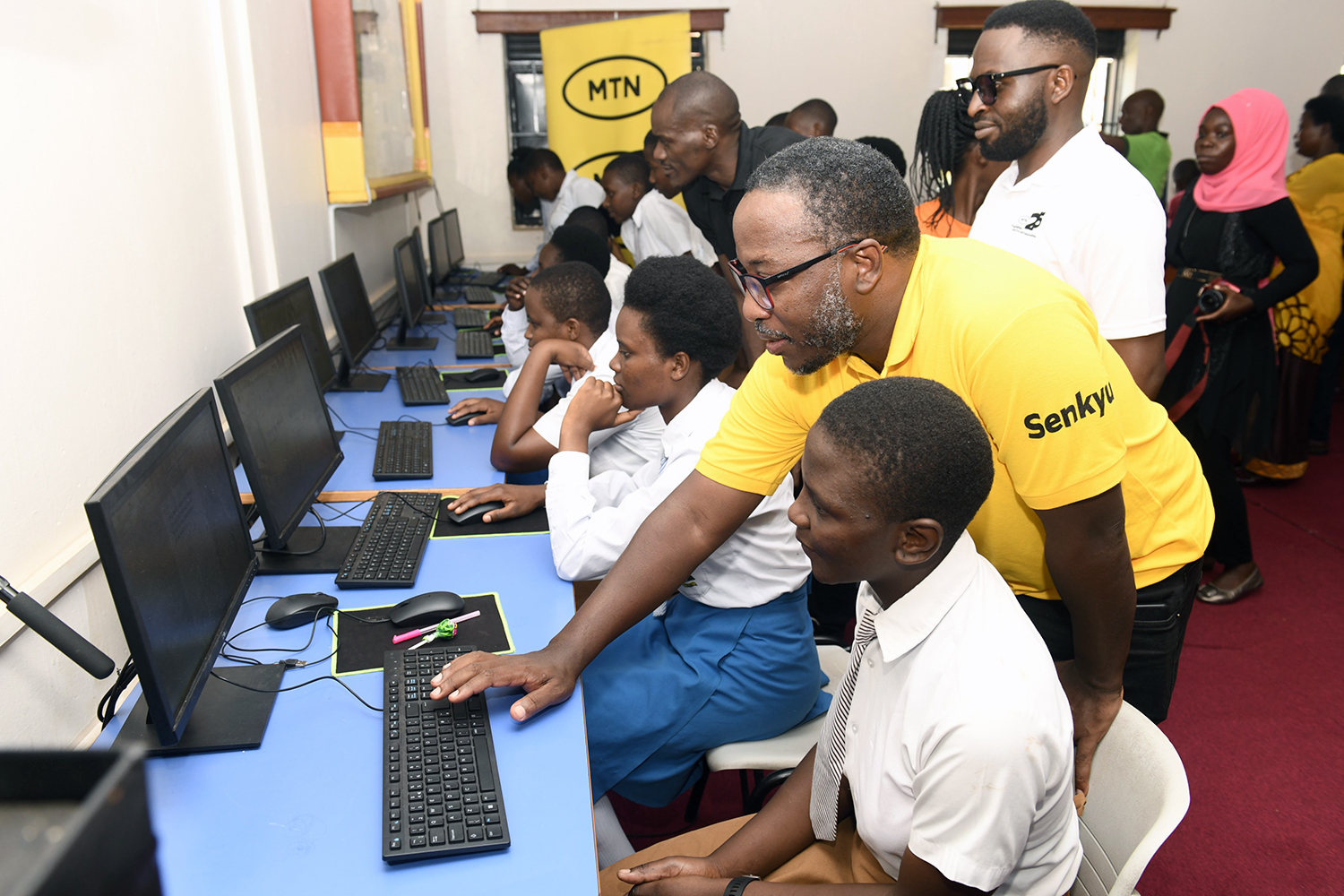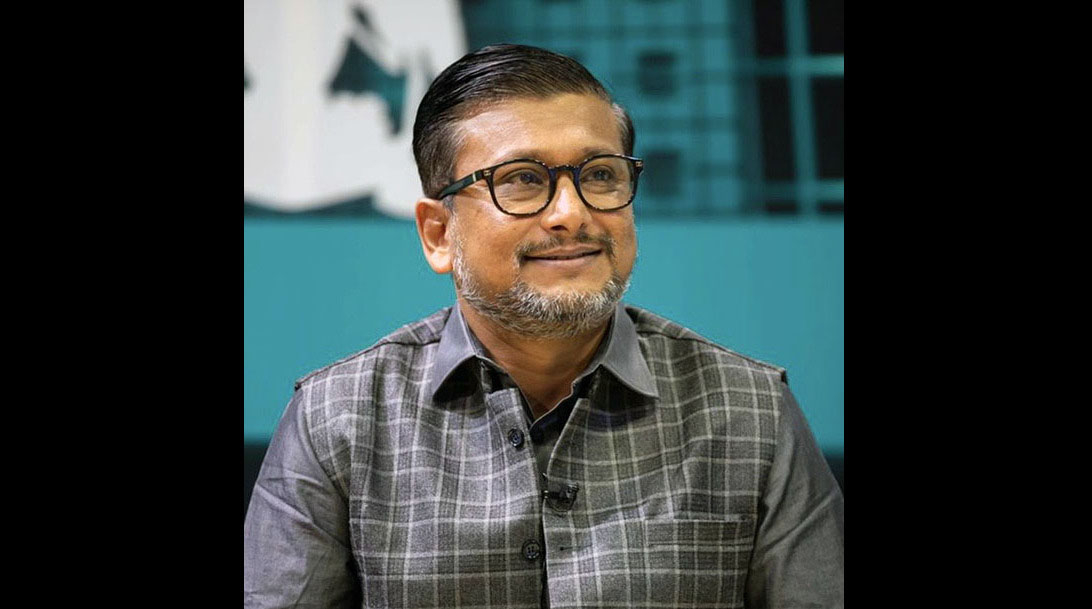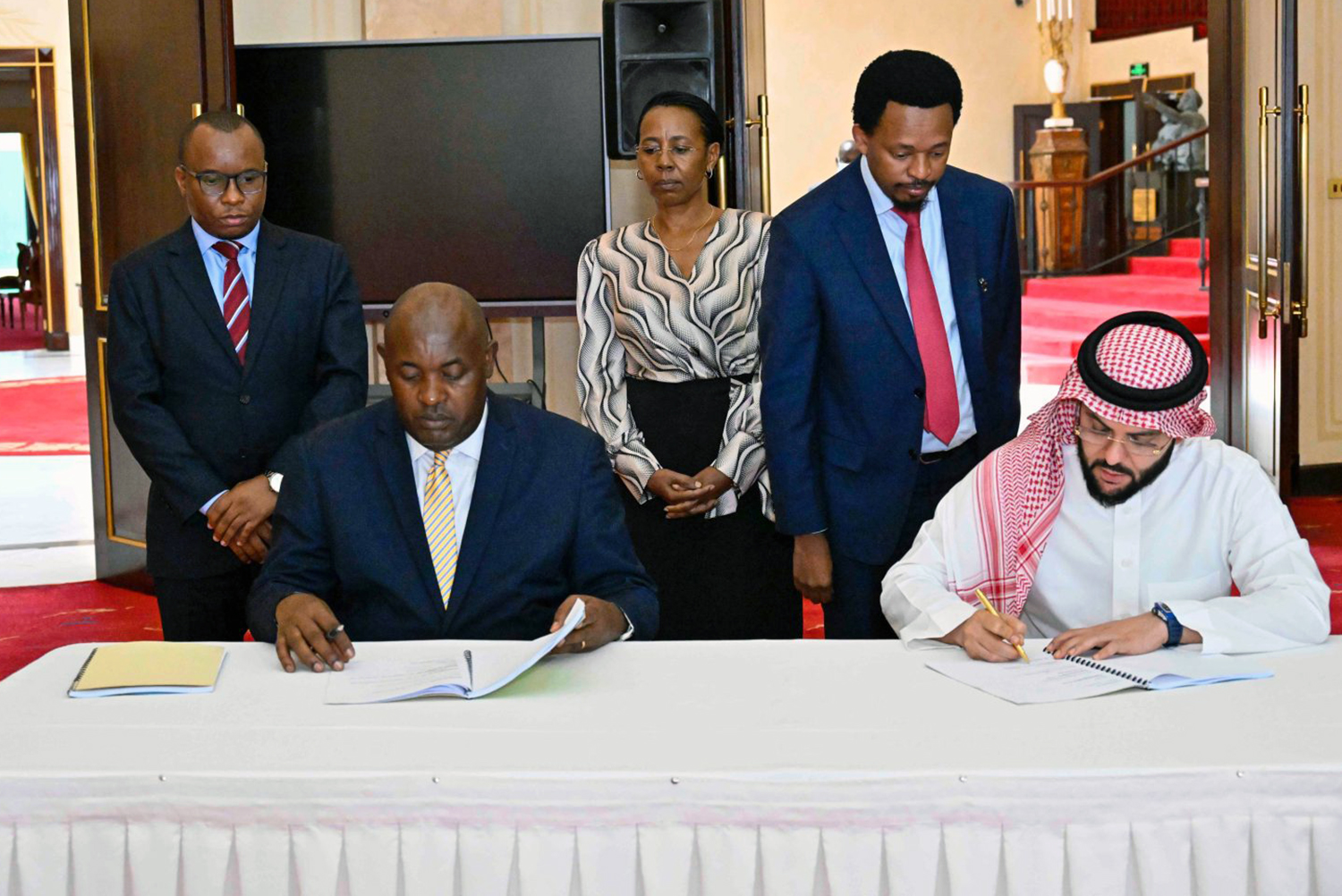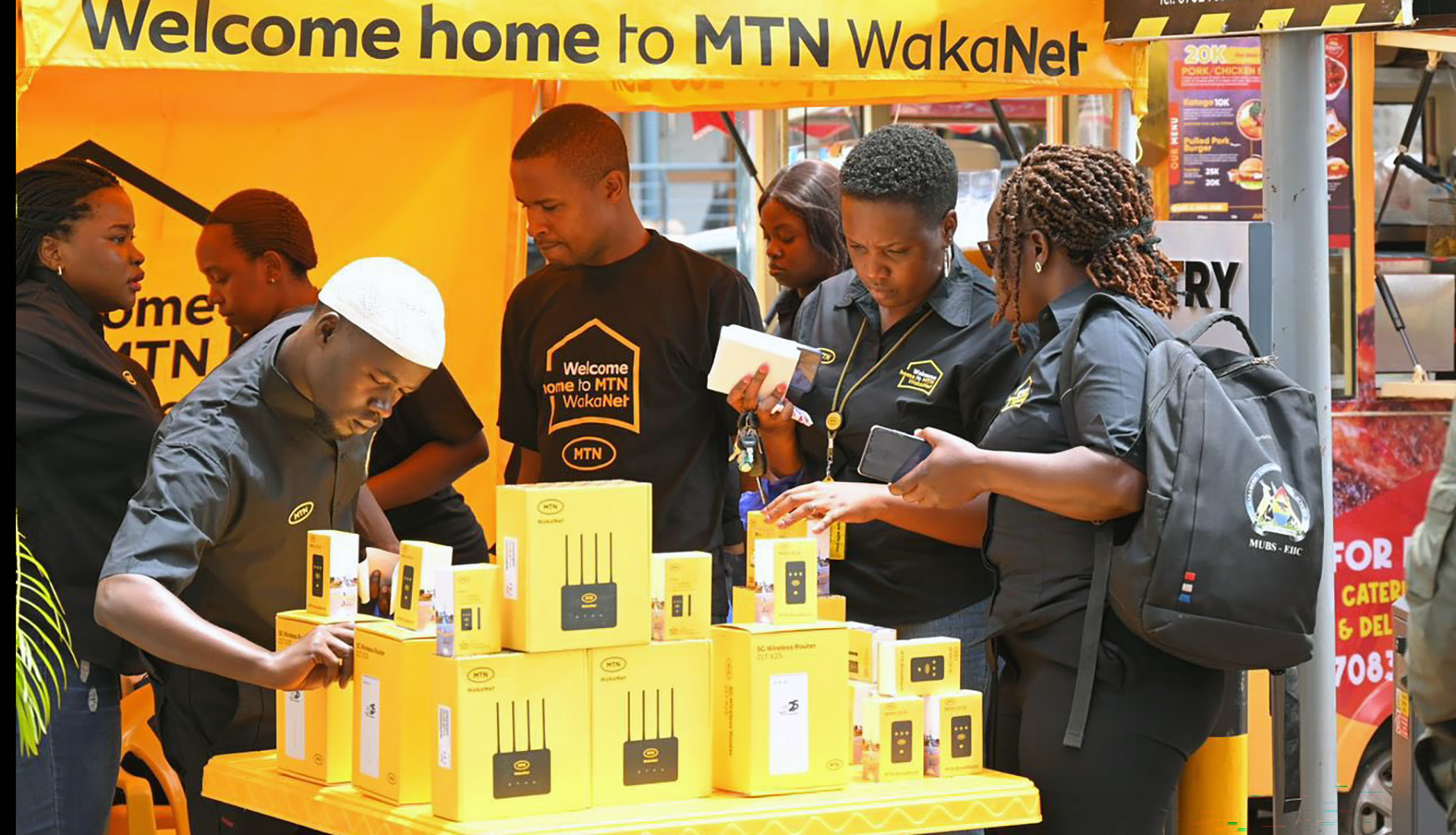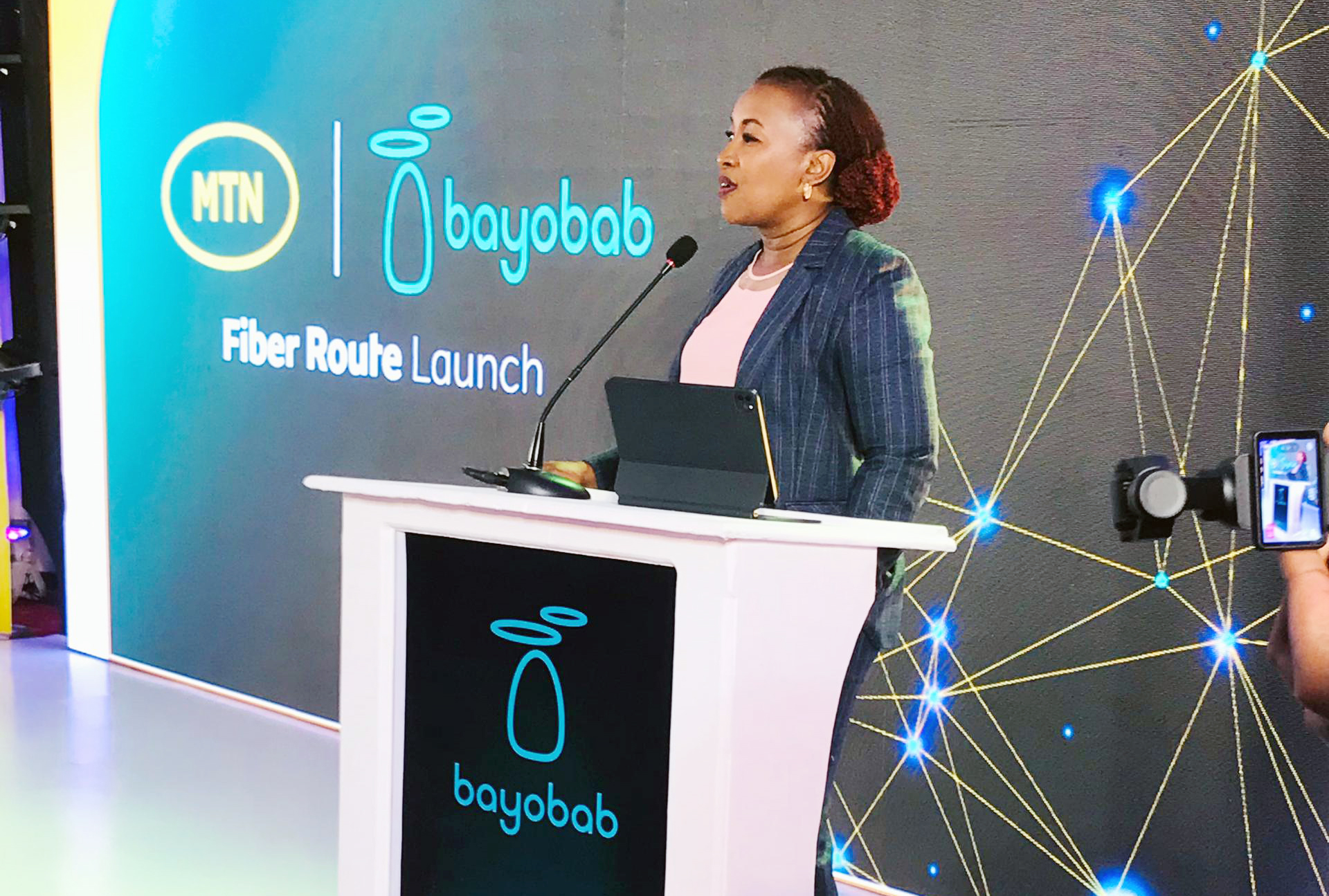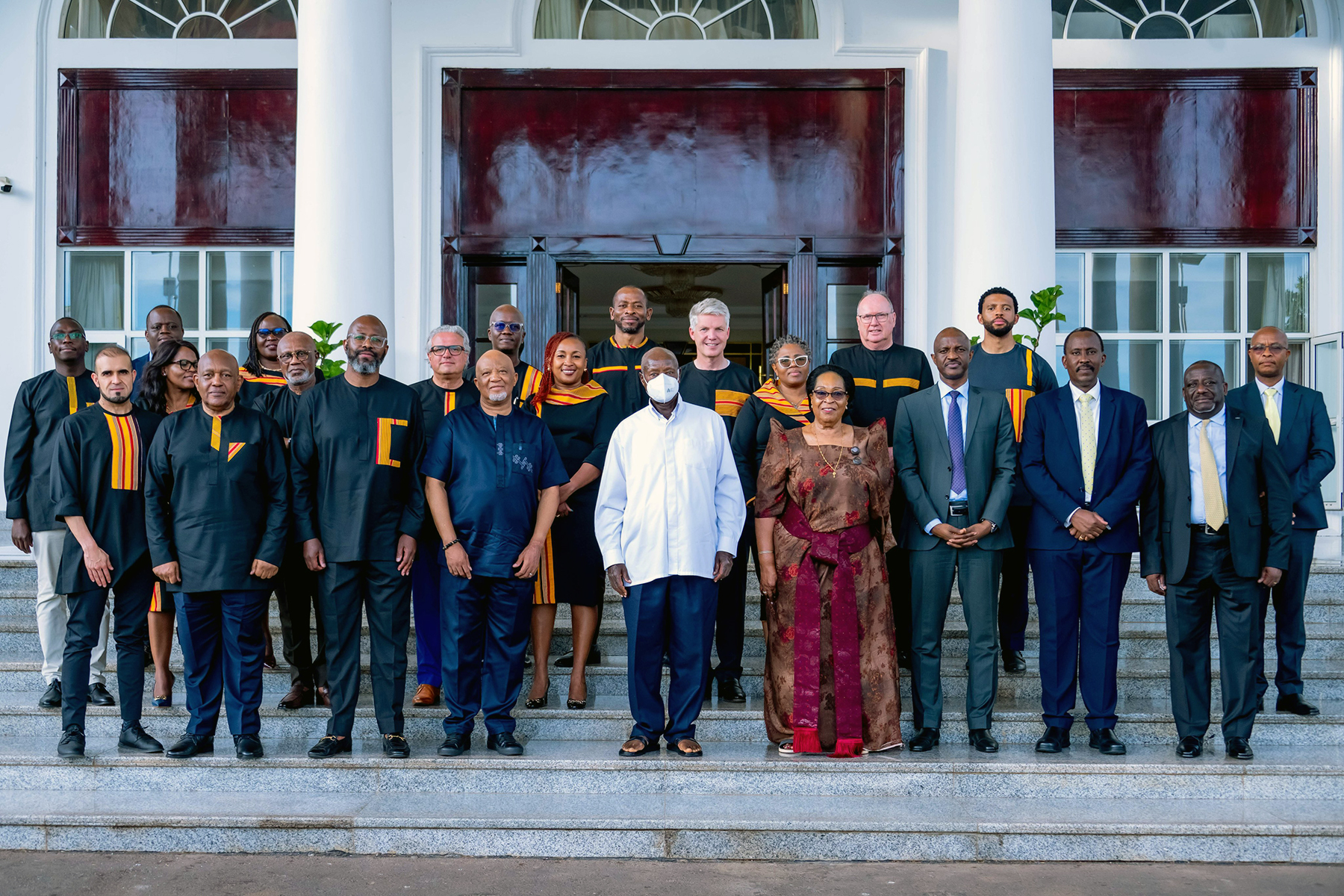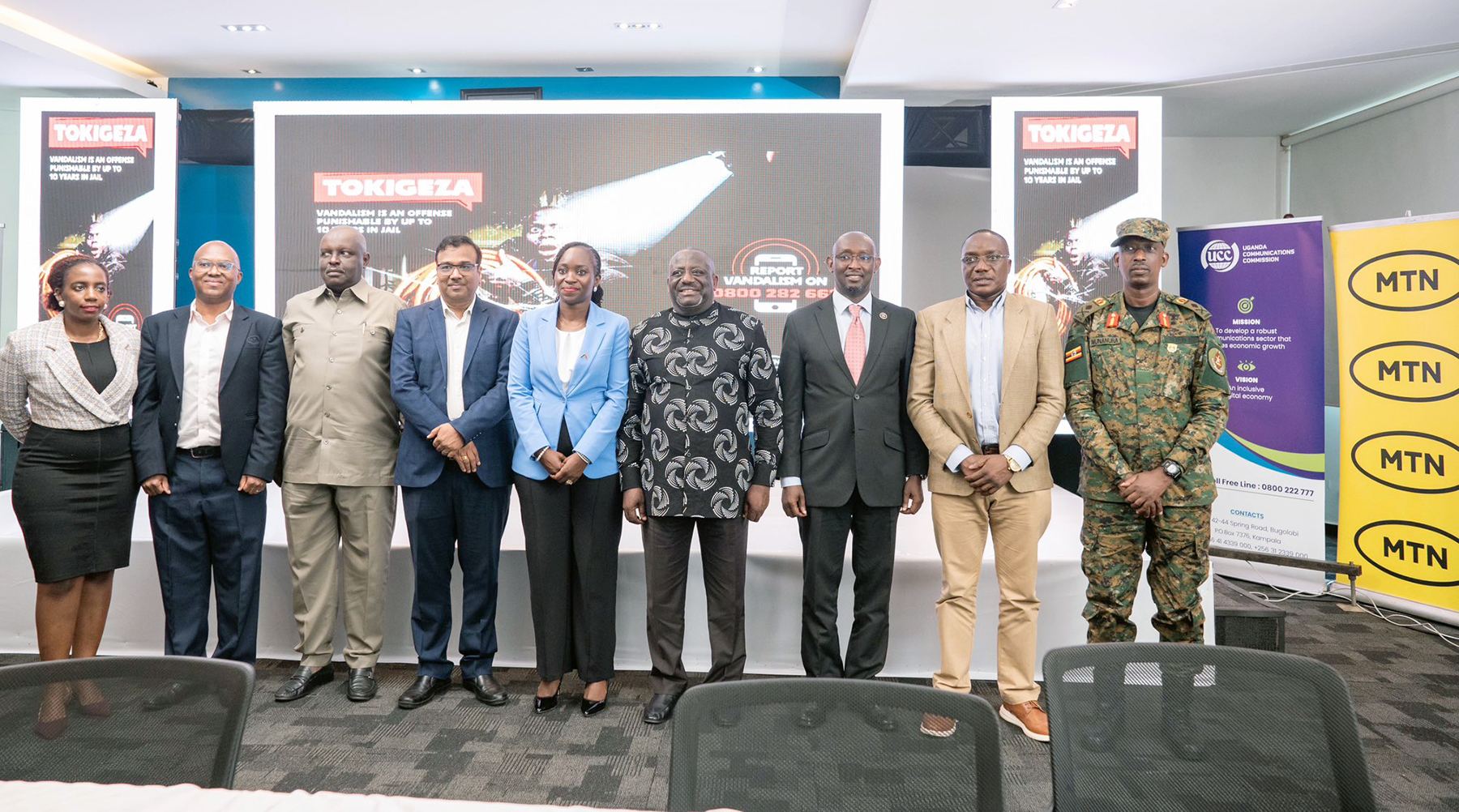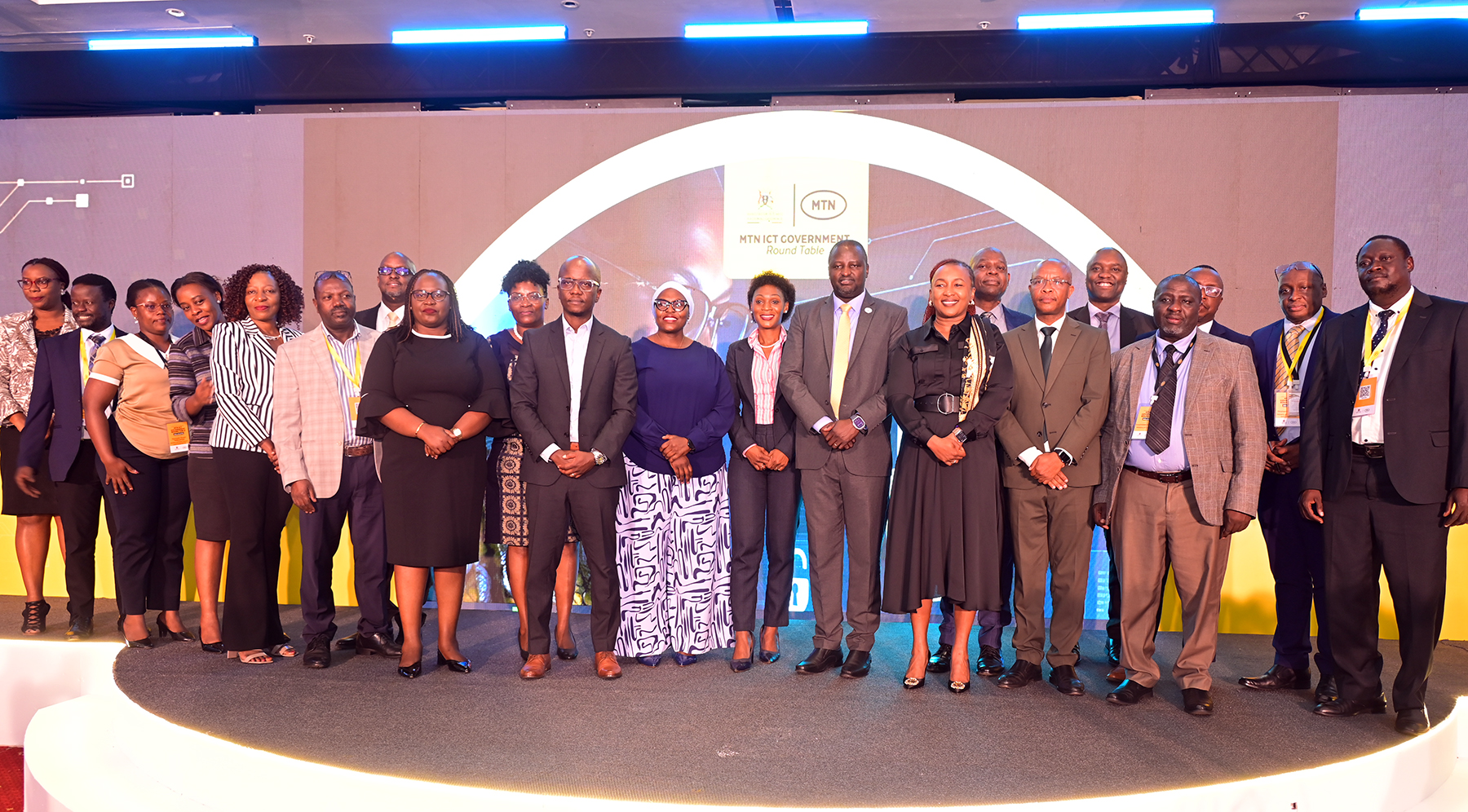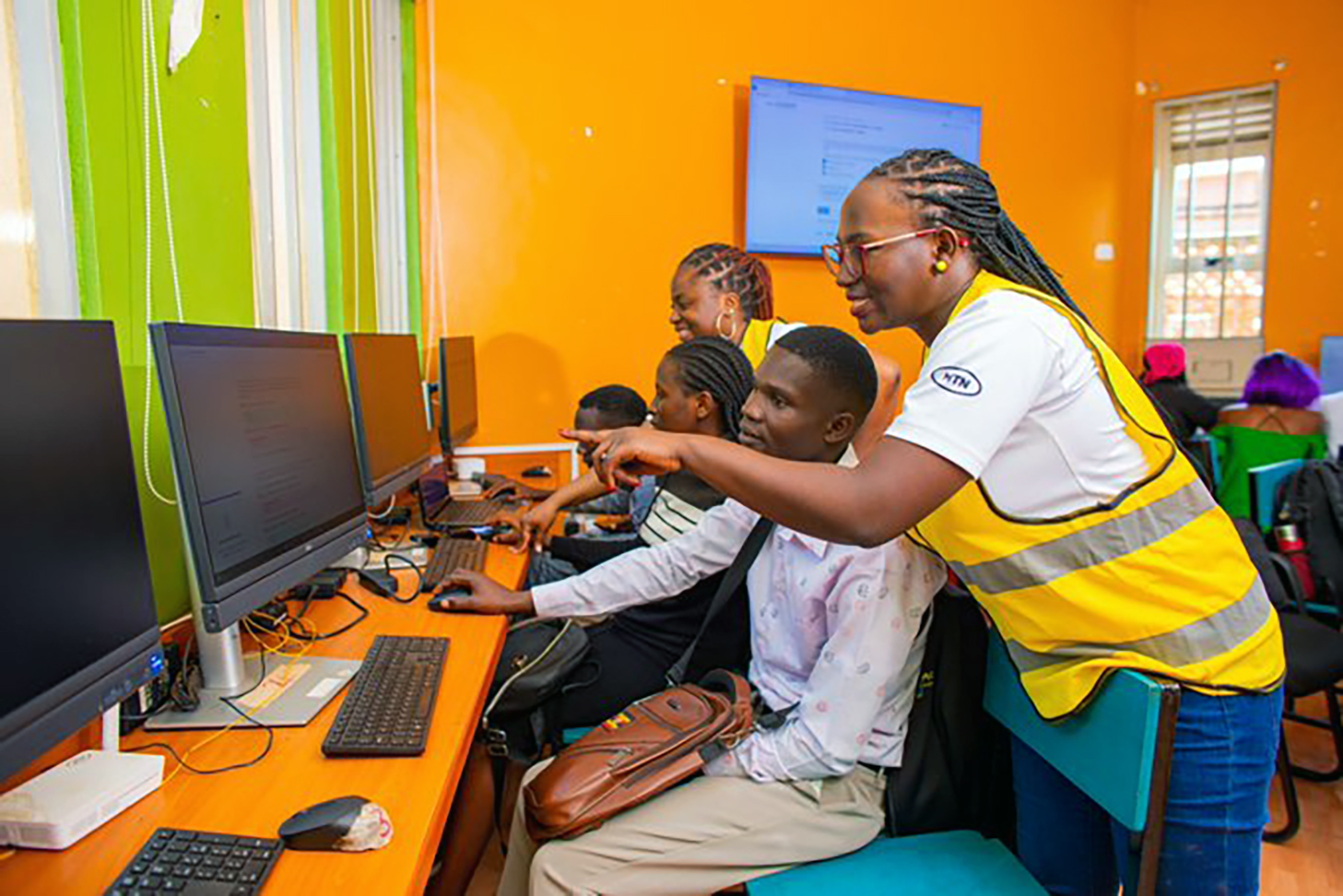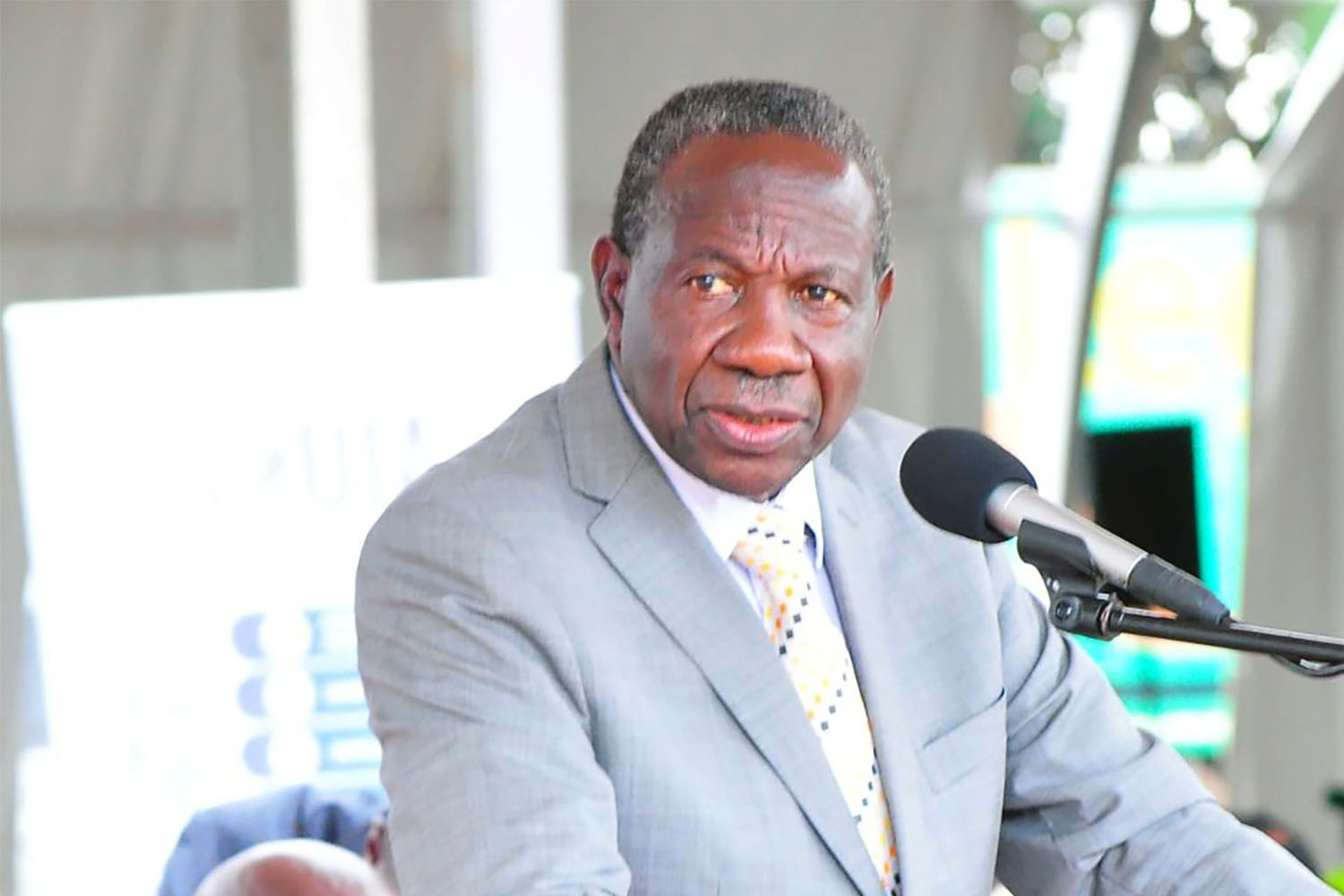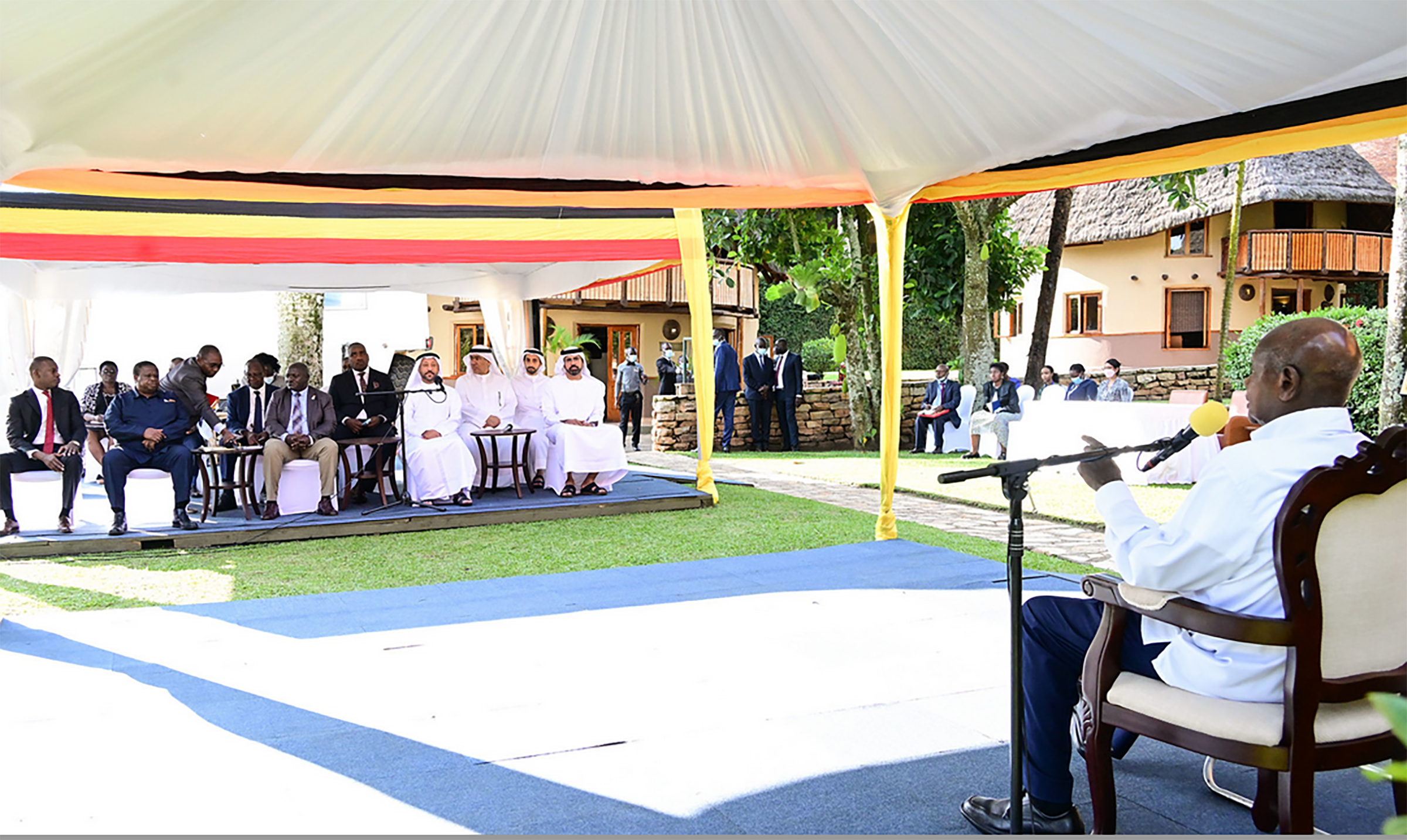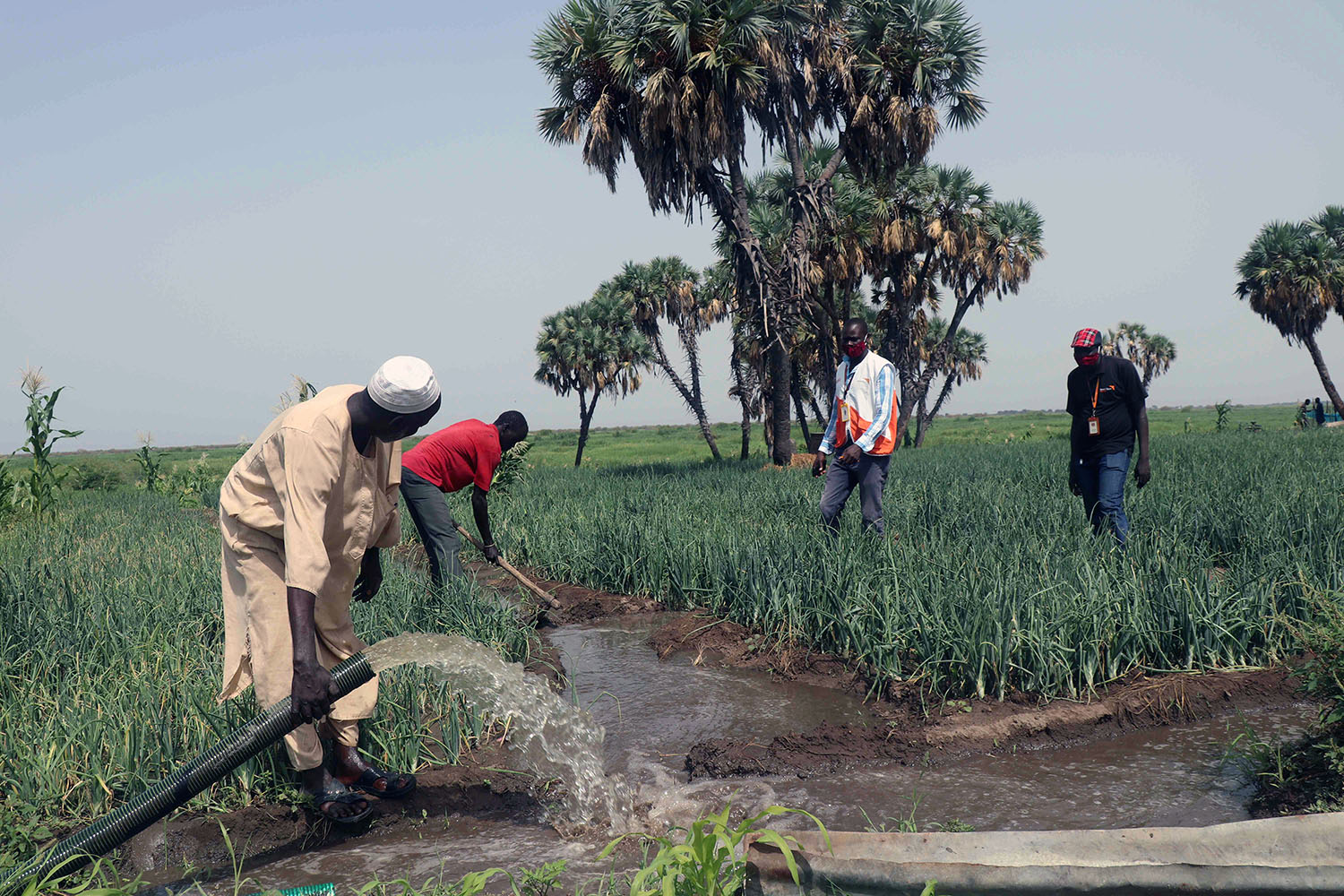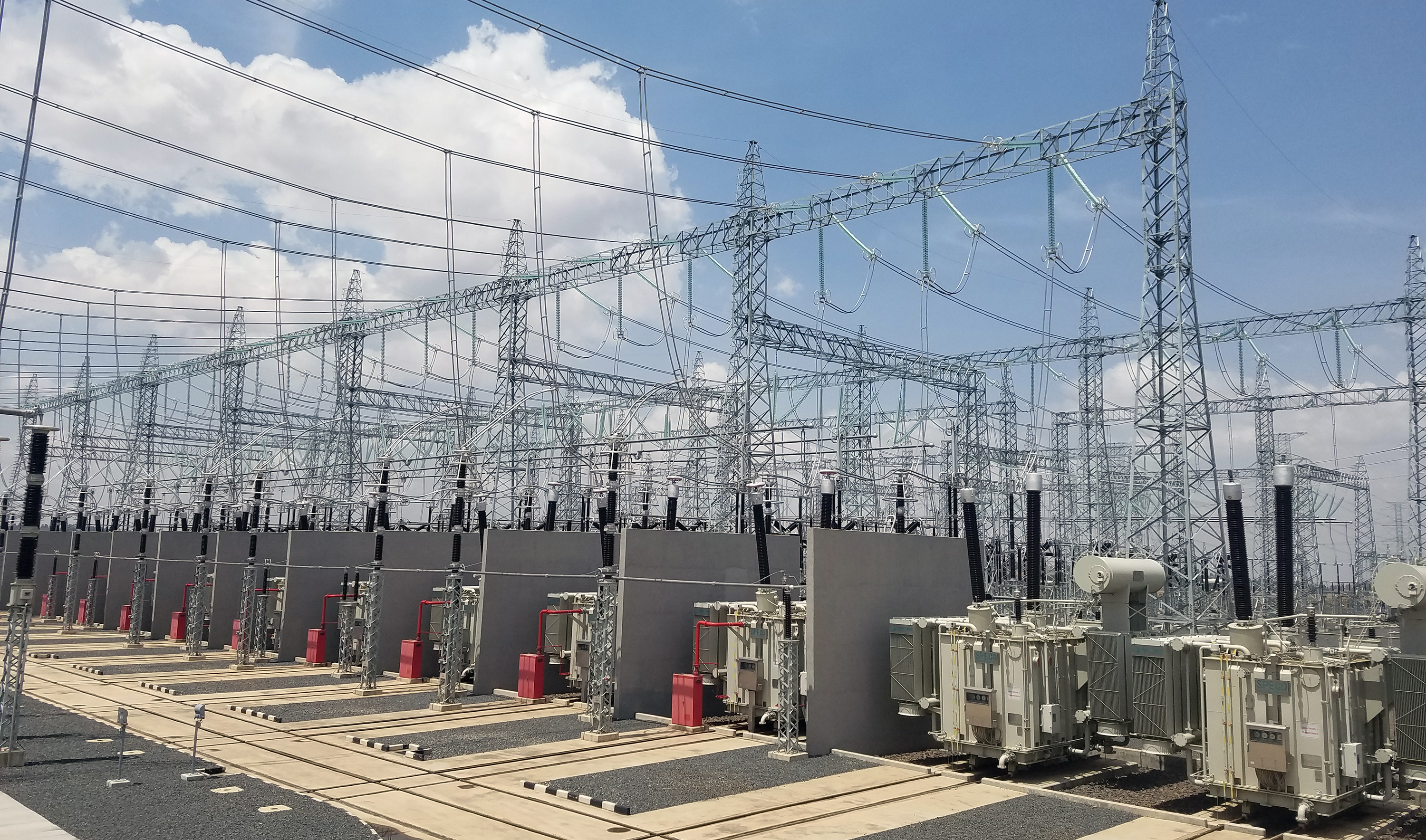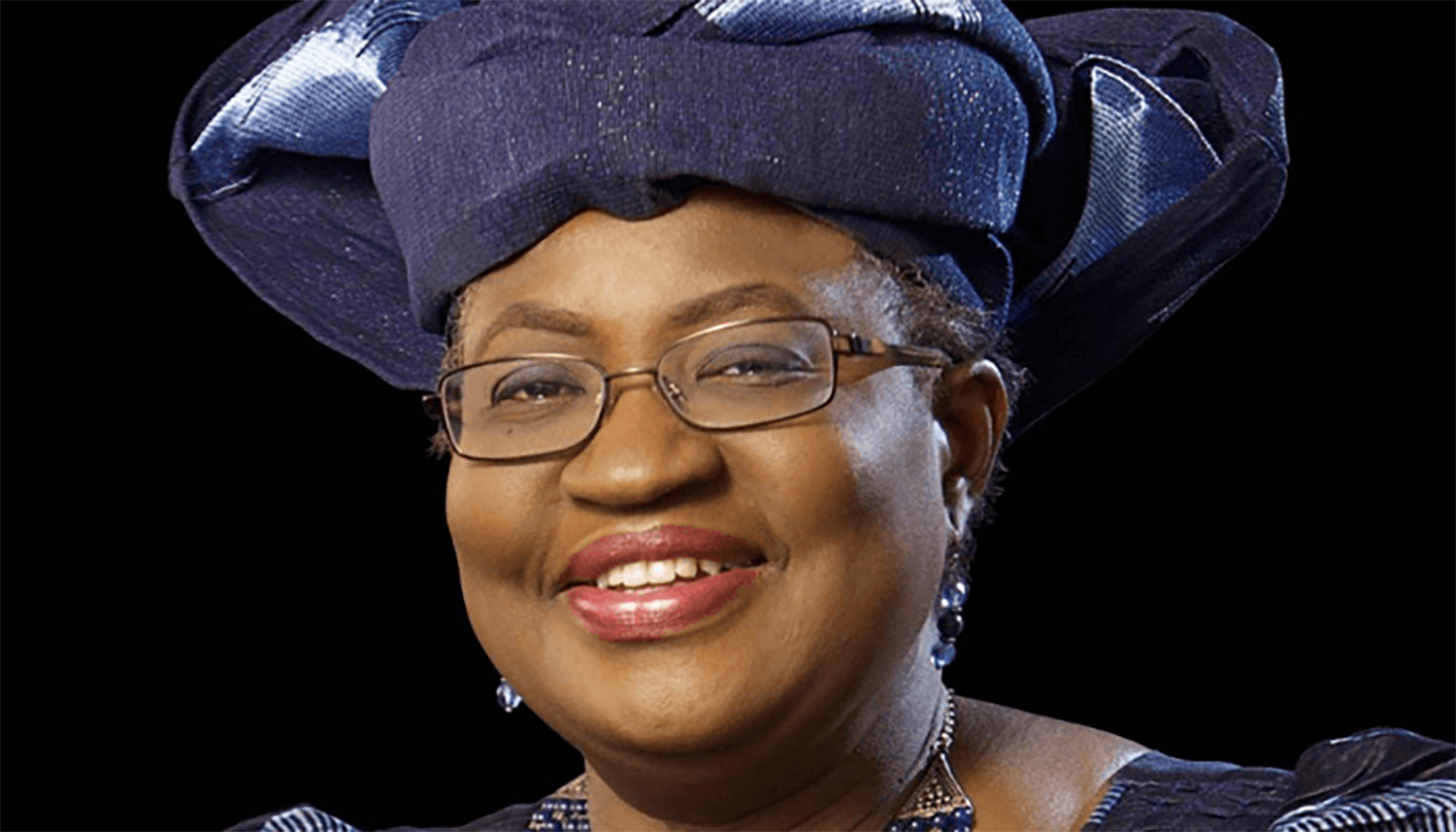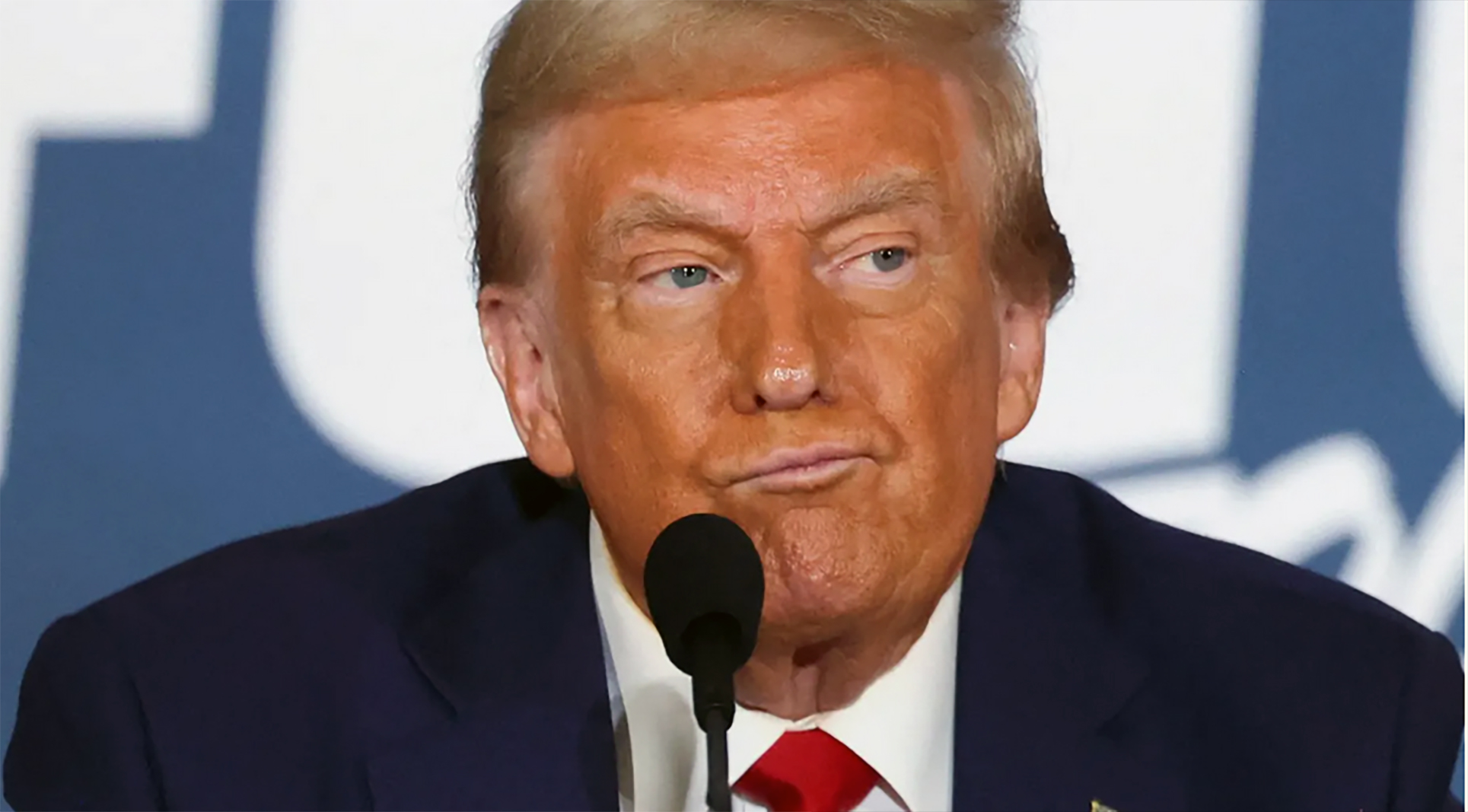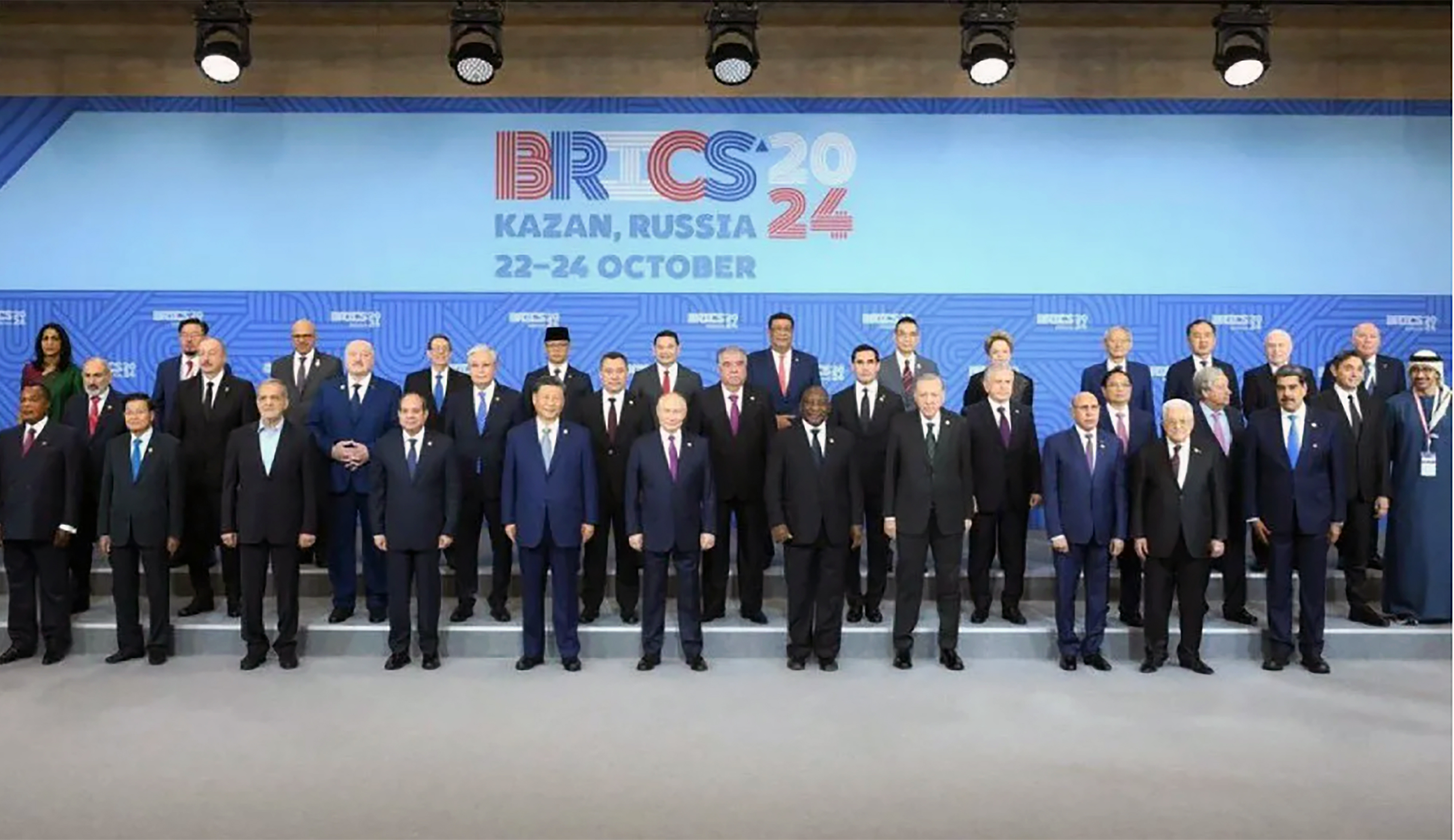Time to walk the talk about internet access

Last week, I revisited Uganda’s National Broadband Policy of 2018—and what I found was a compelling vision still waiting to be fully realised.
The policy aims high. It promises to make fast, affordable, and reliable internet access available to all Ugandans—urban and rural, rich and poor. It recognises broadband not merely as a technical resource but as a national asset that underpins education, business, health, governance, and innovation.
At its heart, the policy is about equity. It’s about enabling every Ugandan to participate in the digital economy—whether that’s a student attending online classes, a farmer accessing market prices, or a nurse updating patient records from a remote health centre. And, as I was reminded recently, it’s also about small businesses rewriting their future.
- One such story comes from Nakasero Market in central Kampala. During a recent market visit aimed at understanding why some customers abandon certain products, one vendor shared her experience with our team. She explained that she had previously relied on MTN Uganda's micro-loans to finance her business. However, she no longer needed to borrow, as access to these micro-loans and connectivity through smartphones had helped her business flourish.
But these stories, while inspiring, are still too rare. The data tells a sobering truth: Uganda’s smartphone penetration is still far behind regional peers. According to the Uganda Communications Commission’s Q4 2024 report, only 18.2 million of 51 million mobile subscribers use smartphones—a rate of 35.6%. This is well below Kenya’s 72.6% and significantly behind South Africa’s 90%+ penetration.
The reasons aren’t hard to find. While Uganda’s mobile networks continue to expand, the cost of accessing smartphones remains steep. Combined taxes on devices—import duties, VAT, and other levies—can raise retail prices by up to 33%. For many Ugandans, this makes smartphones unaffordable, turning digital access into a luxury rather than a basic service.
- Other countries have taken bolder approaches. Kenya, for instance, initially scrapped import duties on smartphones, helping to drive adoption early. Even after taxes were reintroduced in 2022, the country had already built a strong digital foundation. South Africa recently removed a 9% excise duty on affordable smartphones to help lower-income earners get online.
Other countries have taken bolder approaches. Kenya, for instance, initially scrapped import duties on smartphones, helping to drive adoption early. Even after taxes were reintroduced in 2022, the country had already built a strong digital foundation. South Africa recently removed a 9% excise duty on affordable smartphones to help lower-income earners get online.
The private sector, to its credit, is finding creative ways to address affordability. For instance, MTN Uganda’s “Kabode Supa” smartphone—offered on an instalment payment model—is a step in the right direction. By spreading out the cost, it brings smart devices within reach of more people.
But such innovations, however helpful, cannot replace deliberate national policy. Uganda must now consider a bold rethinking of how we tax smartphones and digital devices. Temporarily waiving or significantly reducing import taxes and VAT on budget smartphones could spark a wave of adoption. Fortunately, the National Development Plan IV has acknowledged these challenges and proposed strong measures that, once implemented, could significantly transform Uganda’s digital landscape. I am confident that with these efforts, more Ugandans will come online, and more entrepreneurs — like the Nakasero vendor — will be empowered.
Of course, access alone is not enough. Digital literacy—knowing how to use the tools and navigate the online world—is equally important. Citizens need to be able to use smartphones not just for social media, but for learning, banking, accessing government services, and growing businesses. A national digital literacy push is long overdue.
- Other countries offer a useful blueprint. In South Korea, over 95% of the population owns a smartphone, supported by extensive broadband infrastructure and strong digital education. The UAE keeps taxes on smartphones low and maintains one of the highest connectivity rates globally. Even countries with high VAT, like Sweden or Denmark, make up for it with universal digital education and widespread access to affordable devices.
- Uganda, too, can lead—if it takes coordinated action. That means not just lowering the cost of access, but also building out broadband infrastructure, supporting local content creation, and scaling digital training across the country. The potential is there. What’s needed is the political will to turn ambition into action. The National Broadband Policy gives us the roadmap. Now we must build the road.
Uganda’s journey toward a connected future hinges on deliberate choices made today. Reduce the cost of entry or make environment so conducive for local production of quality devices. Equip our people with digital skills. Strengthen partnerships across government, business, and civil society. When we do that, we’ll stop talking about digital inclusion as a goal—and start living it as a reality.
Sylvia Mulinge is the Chief Executive Officer at MTN Uganda.



